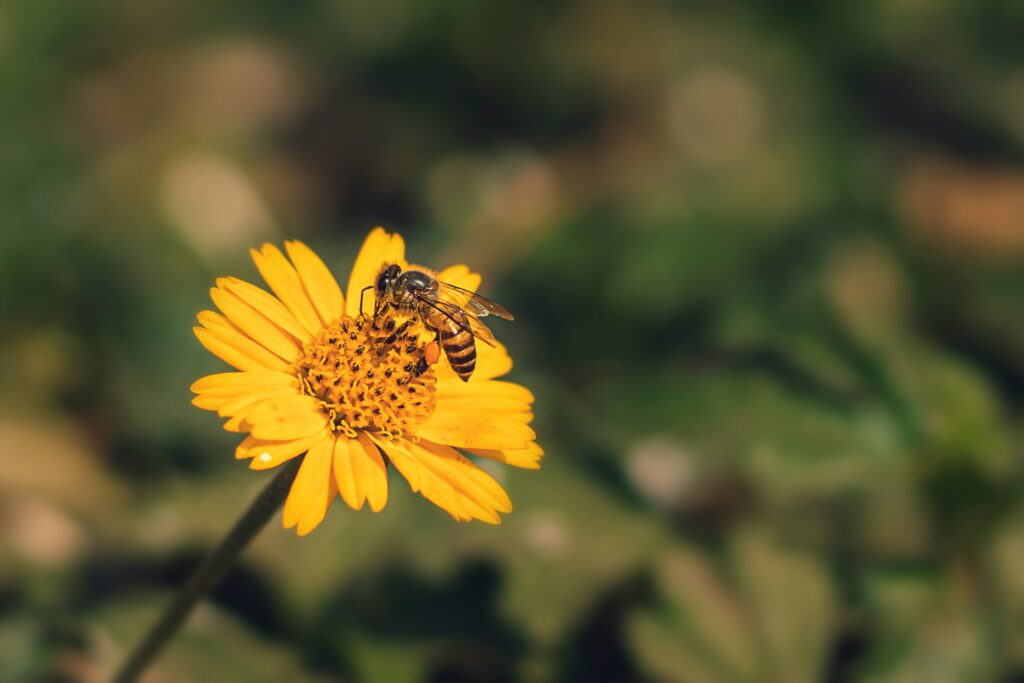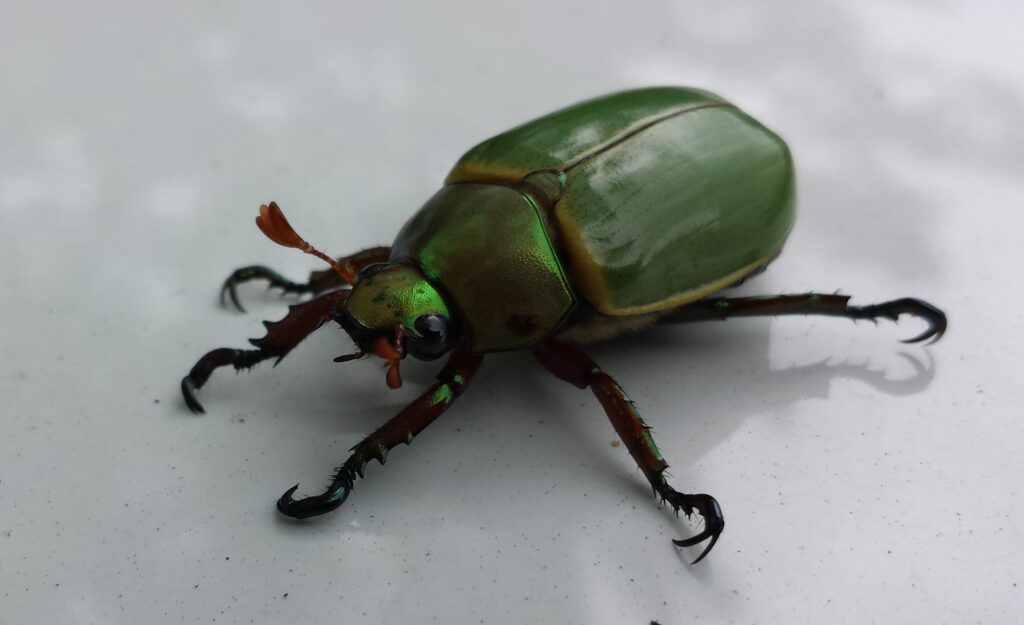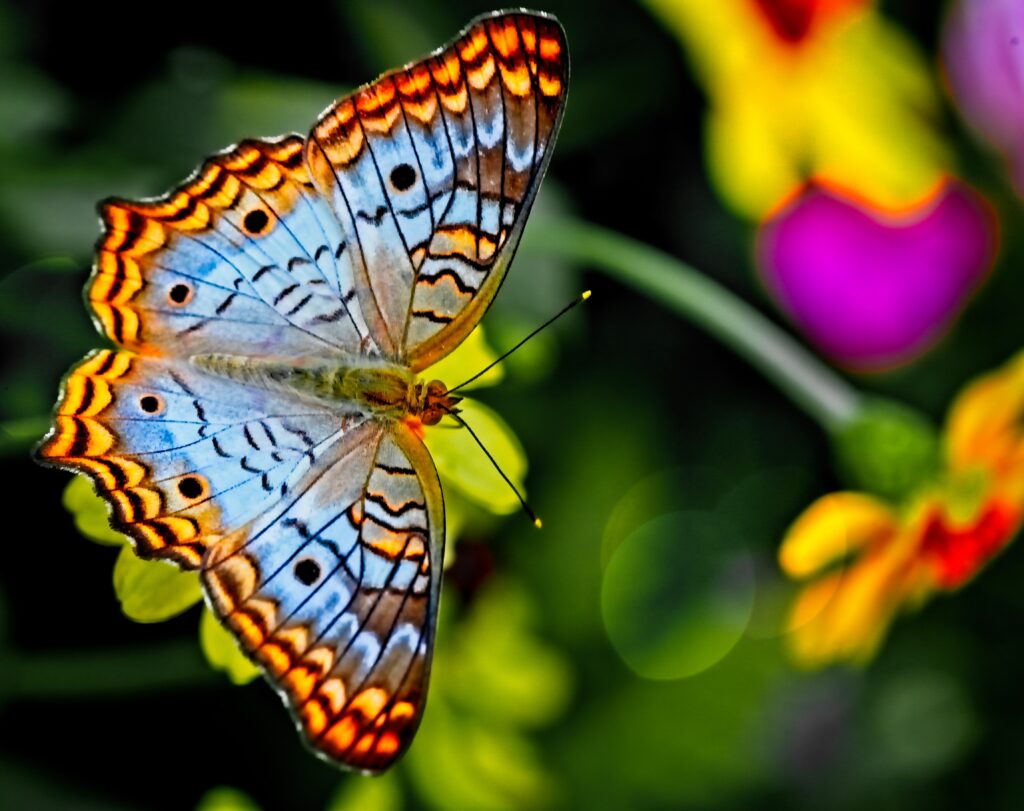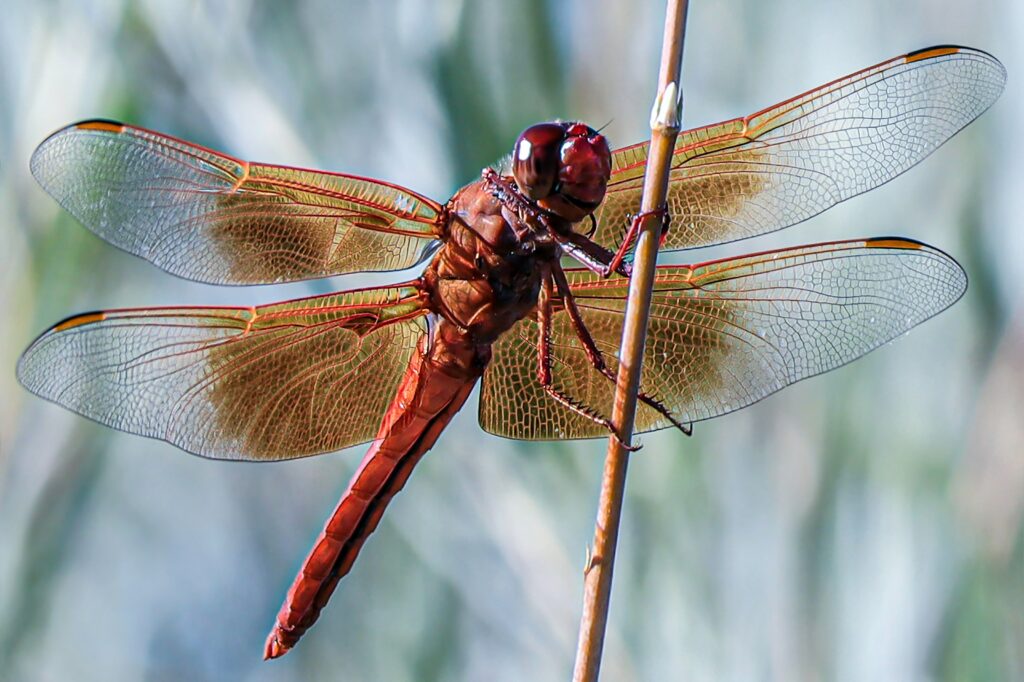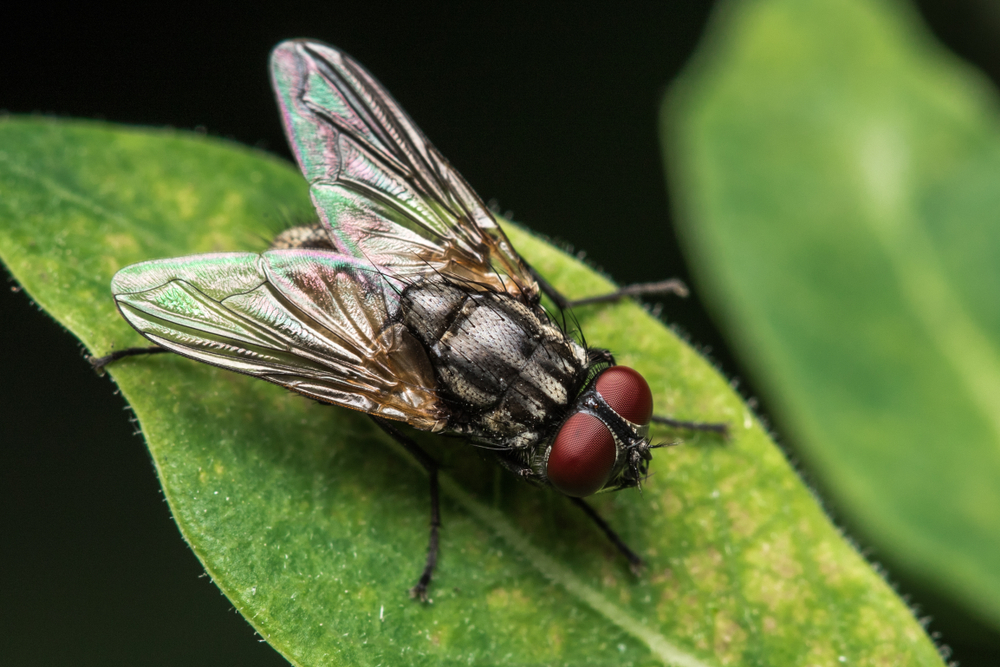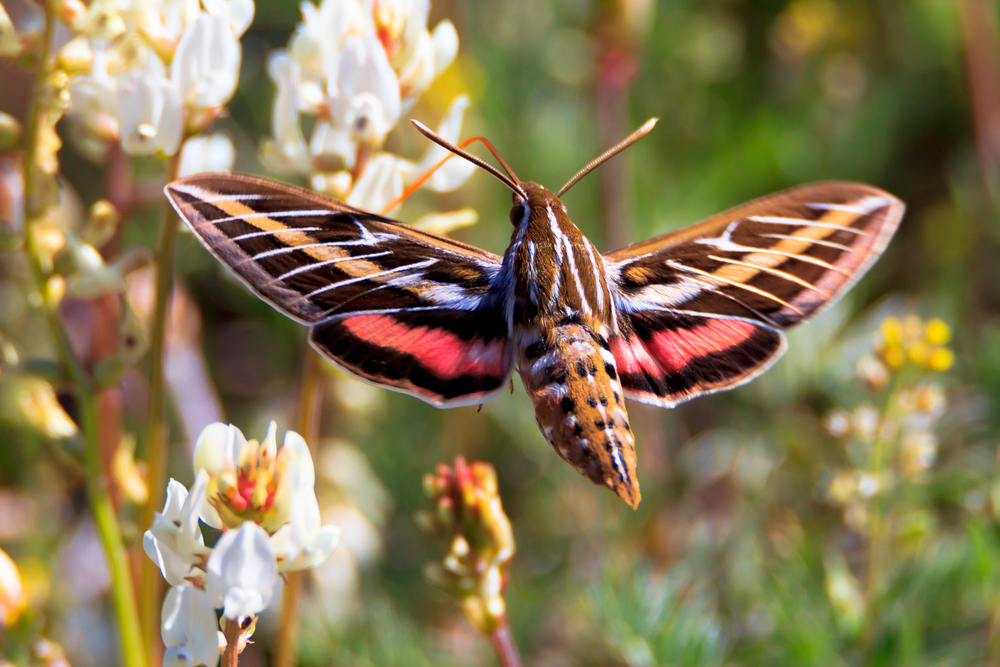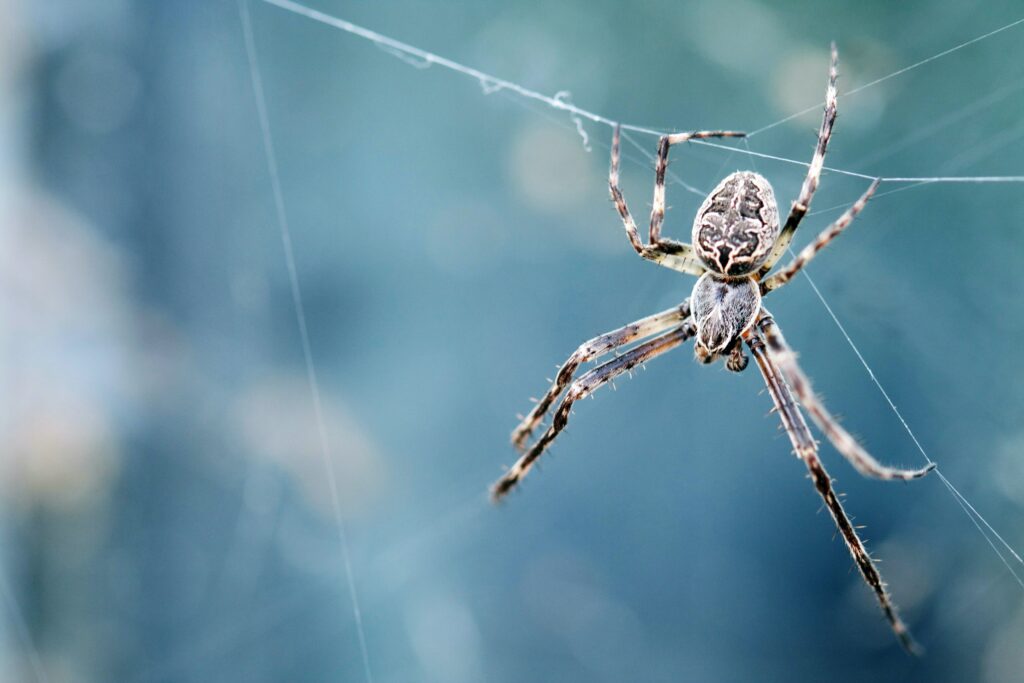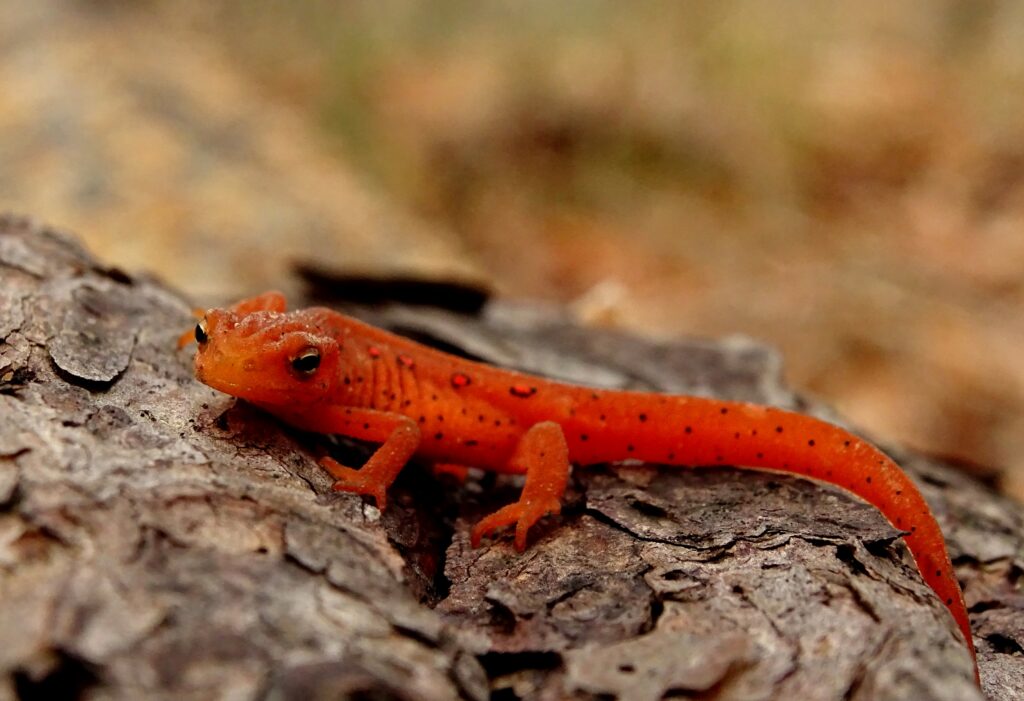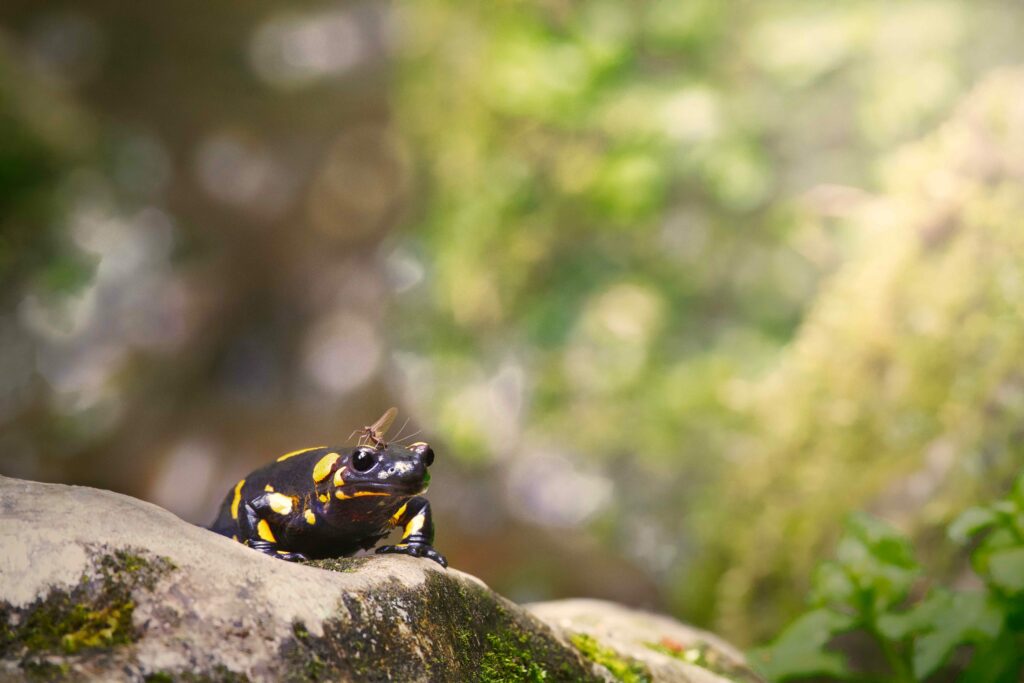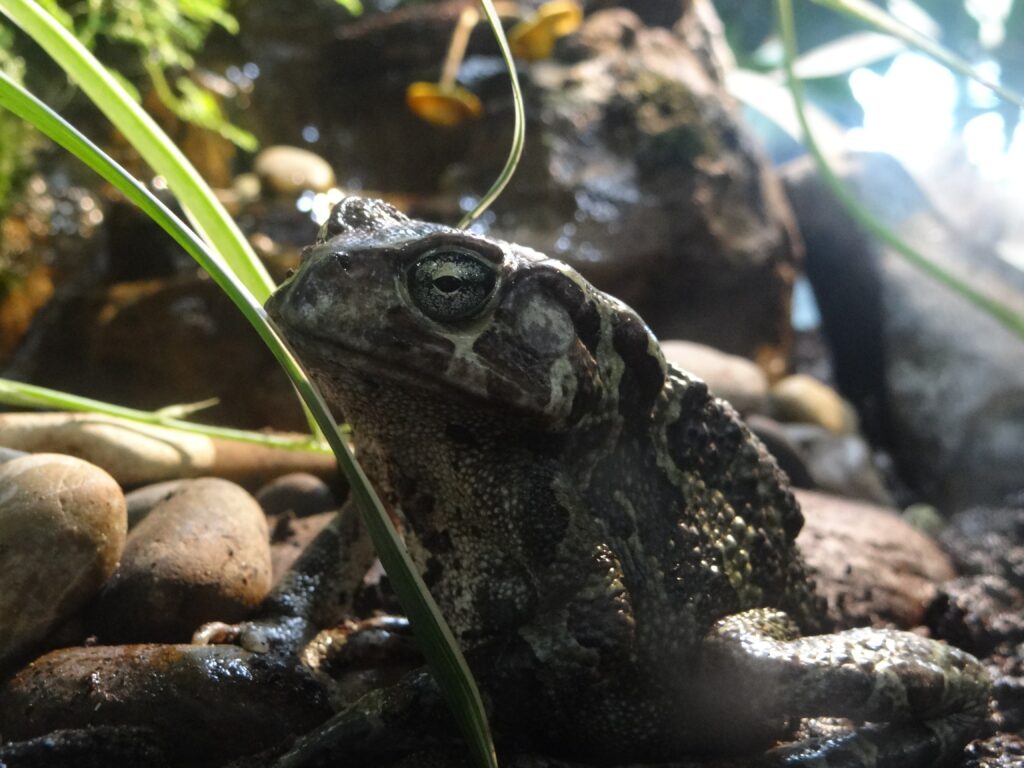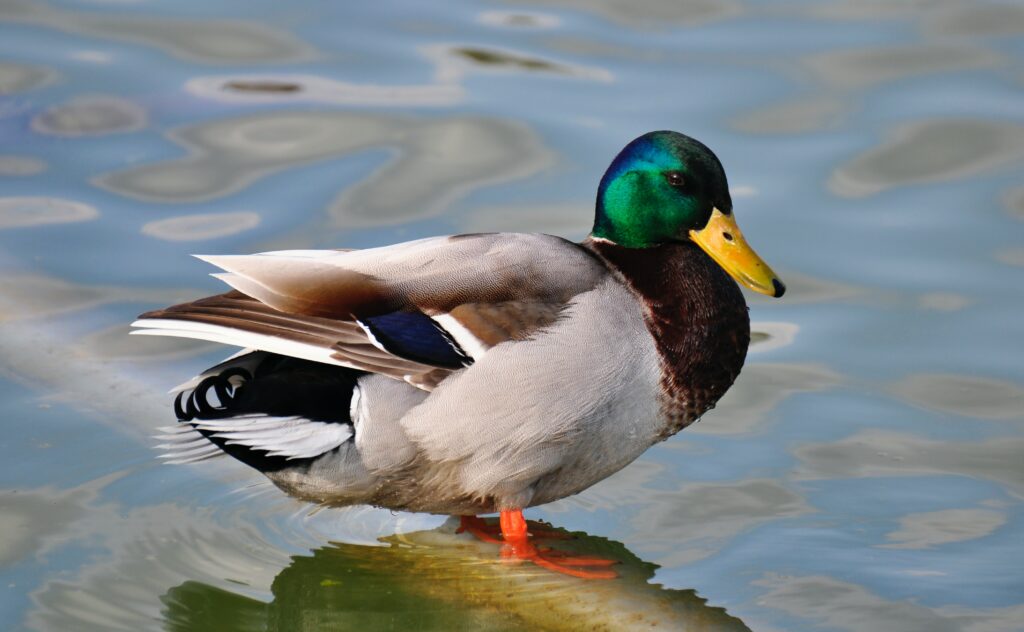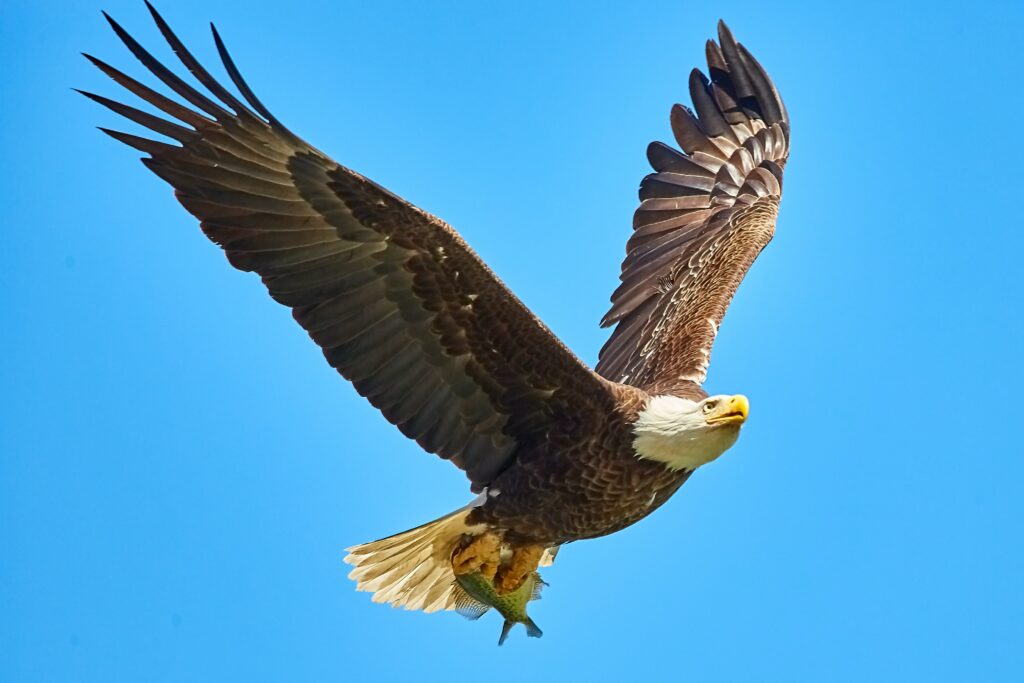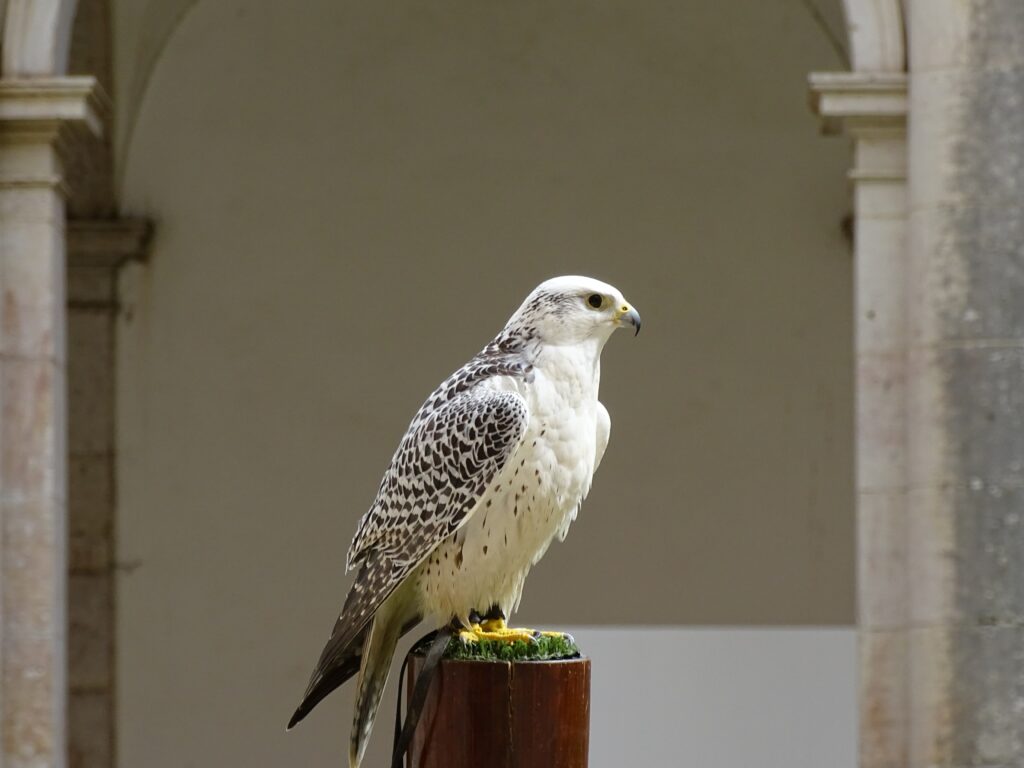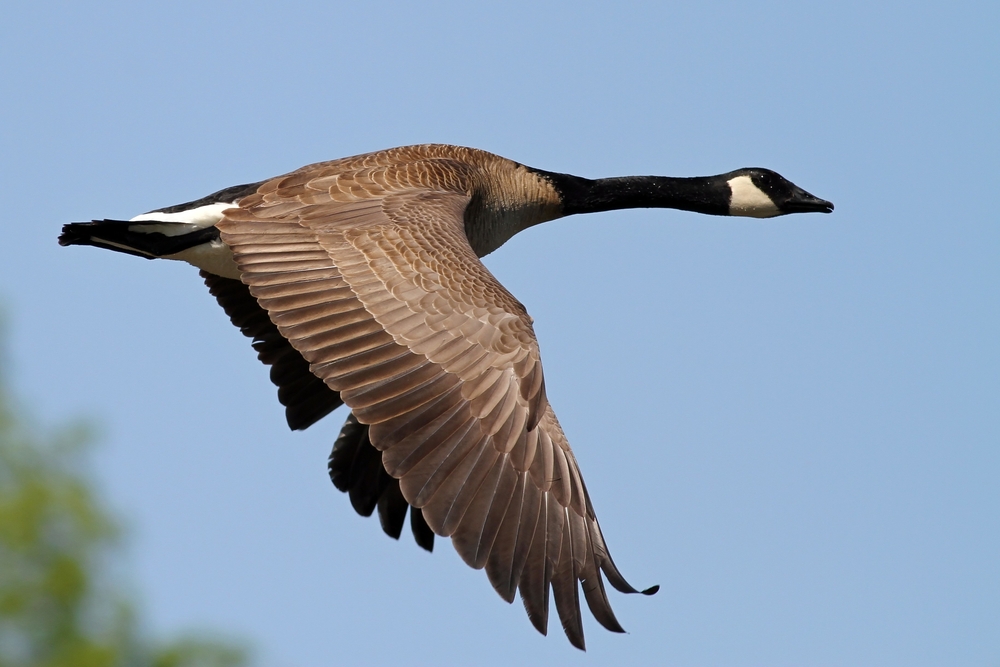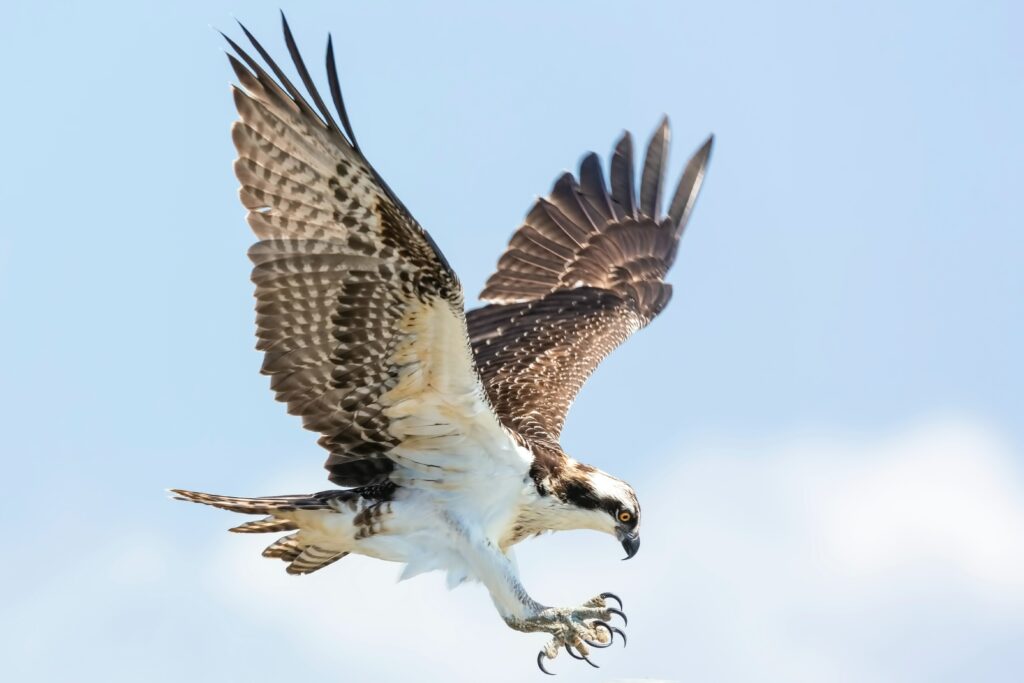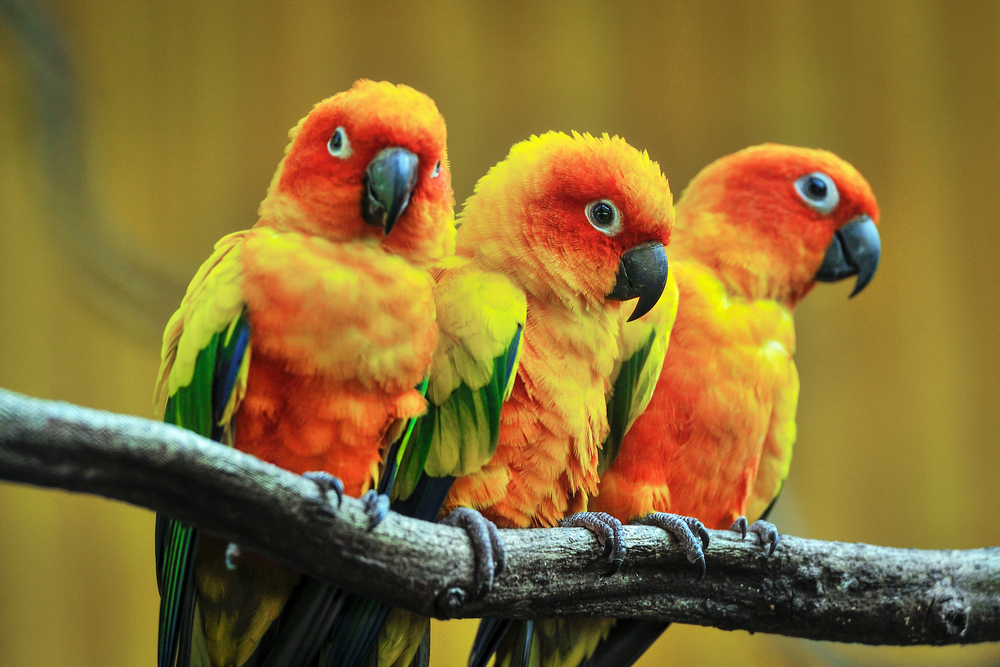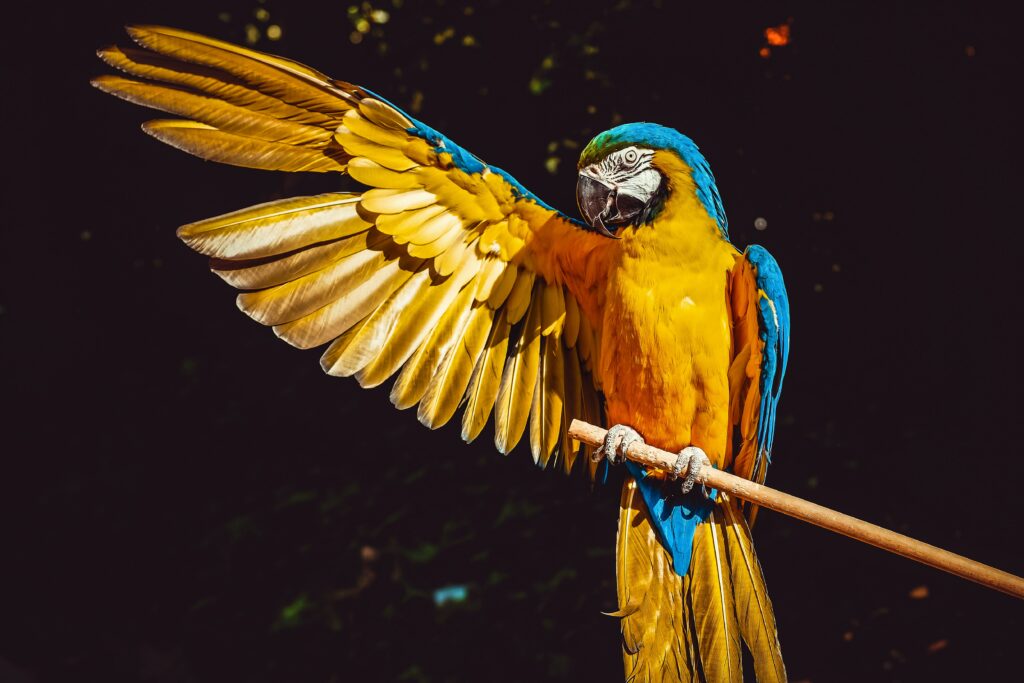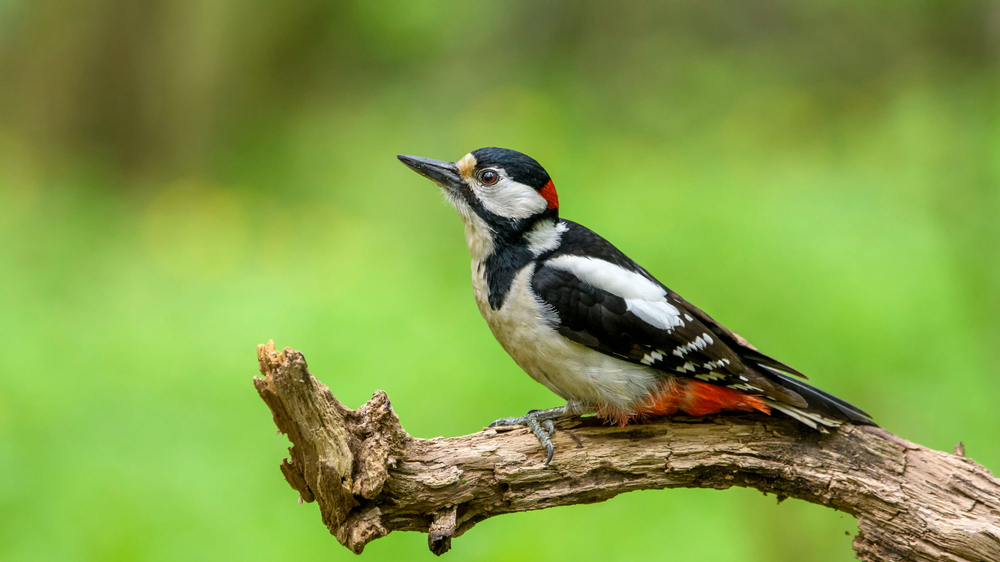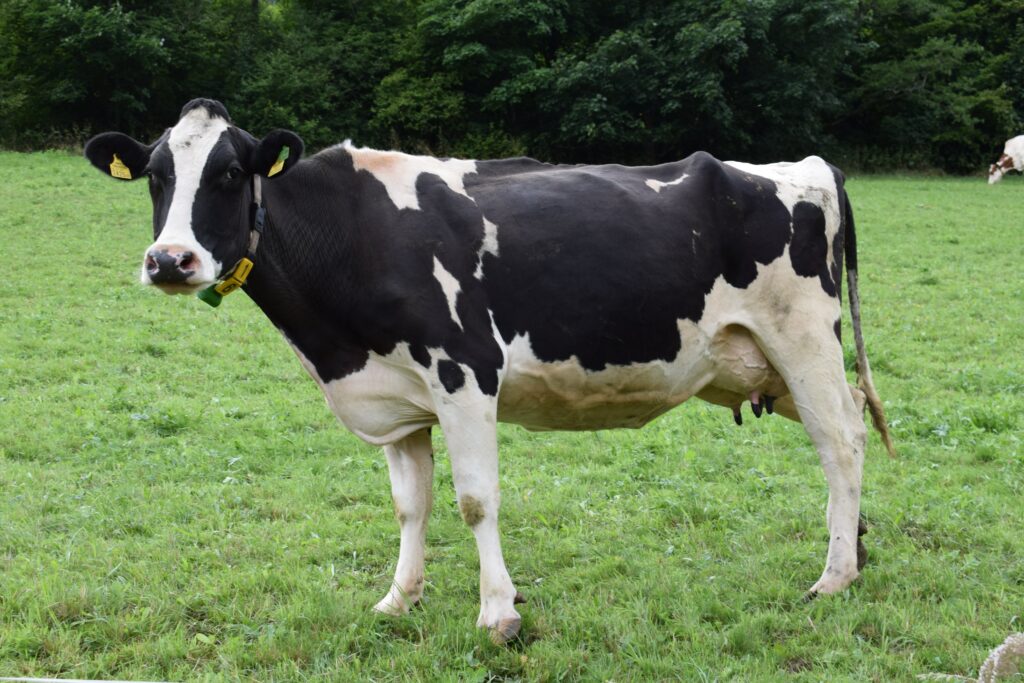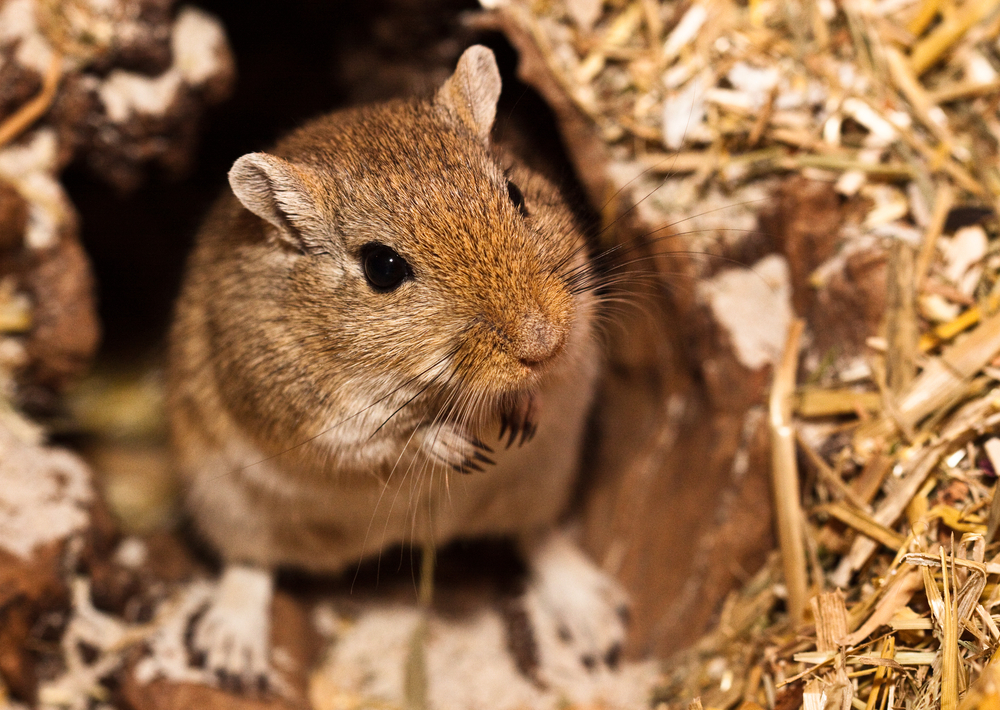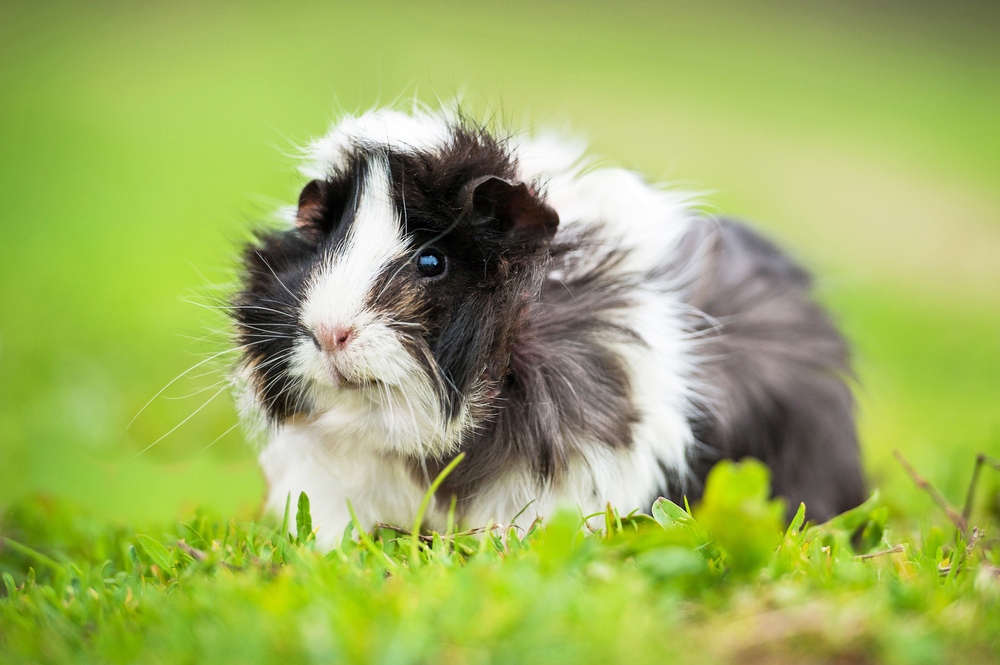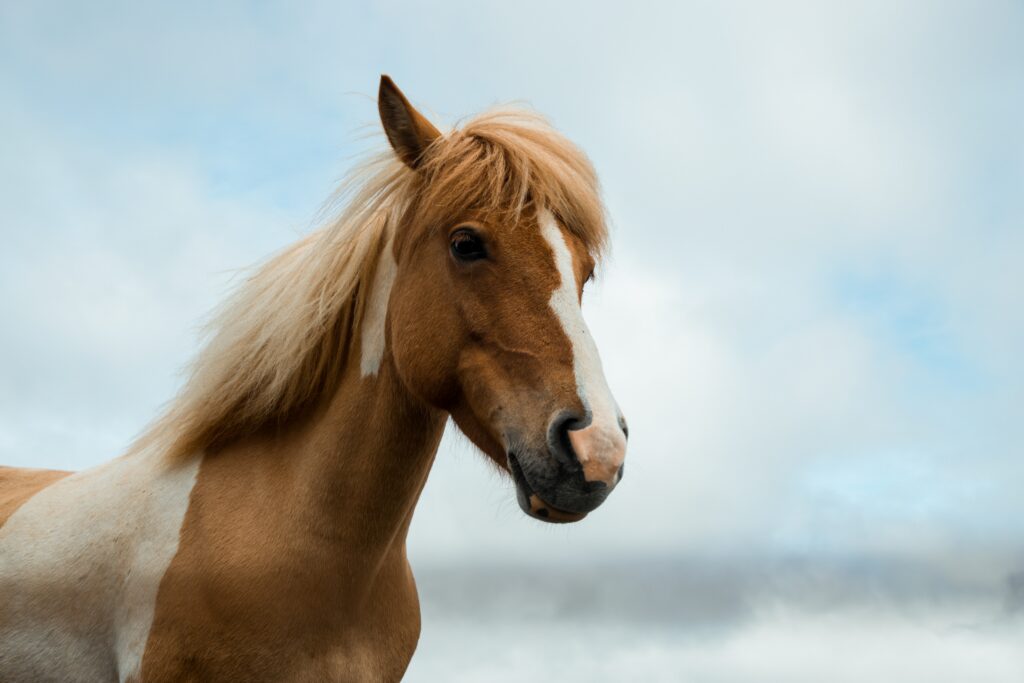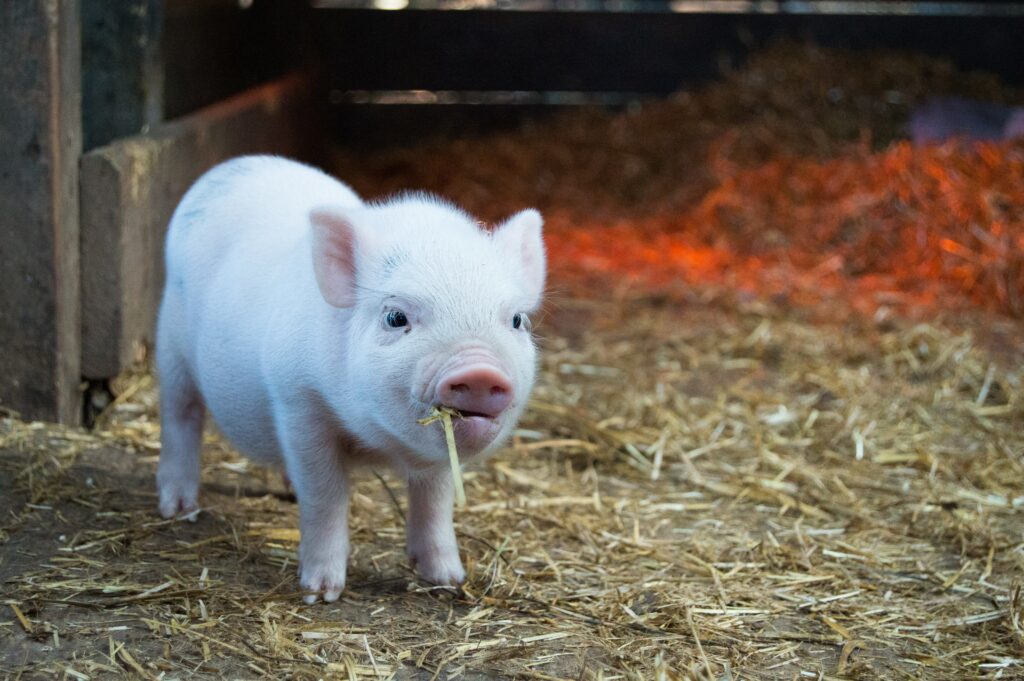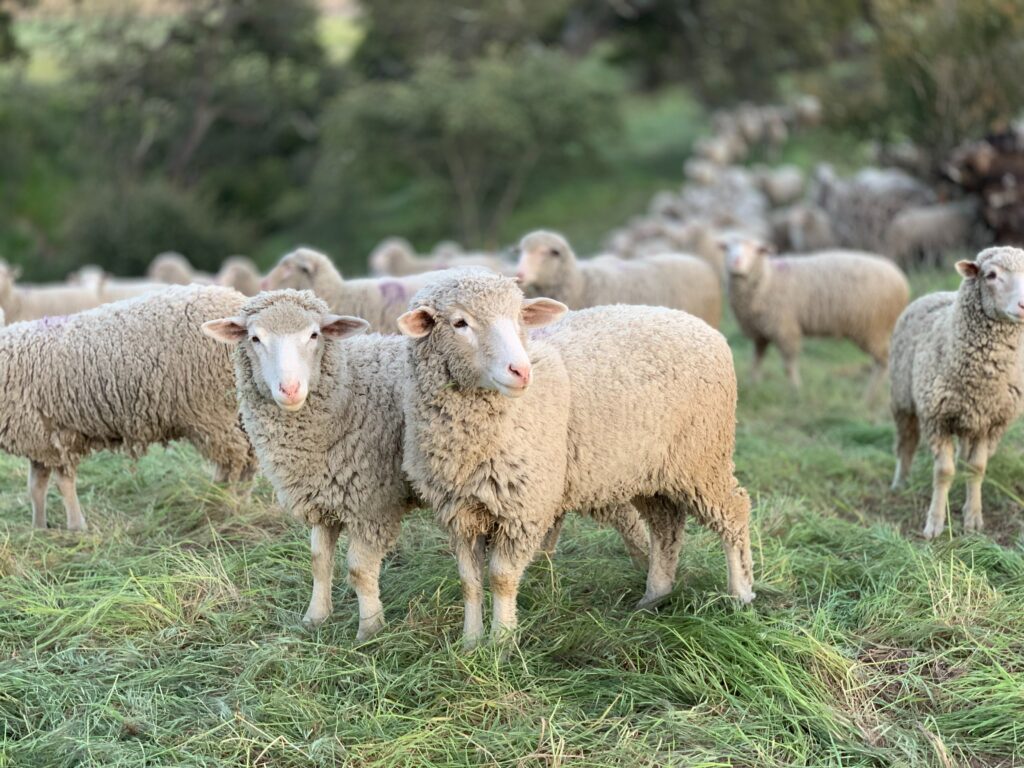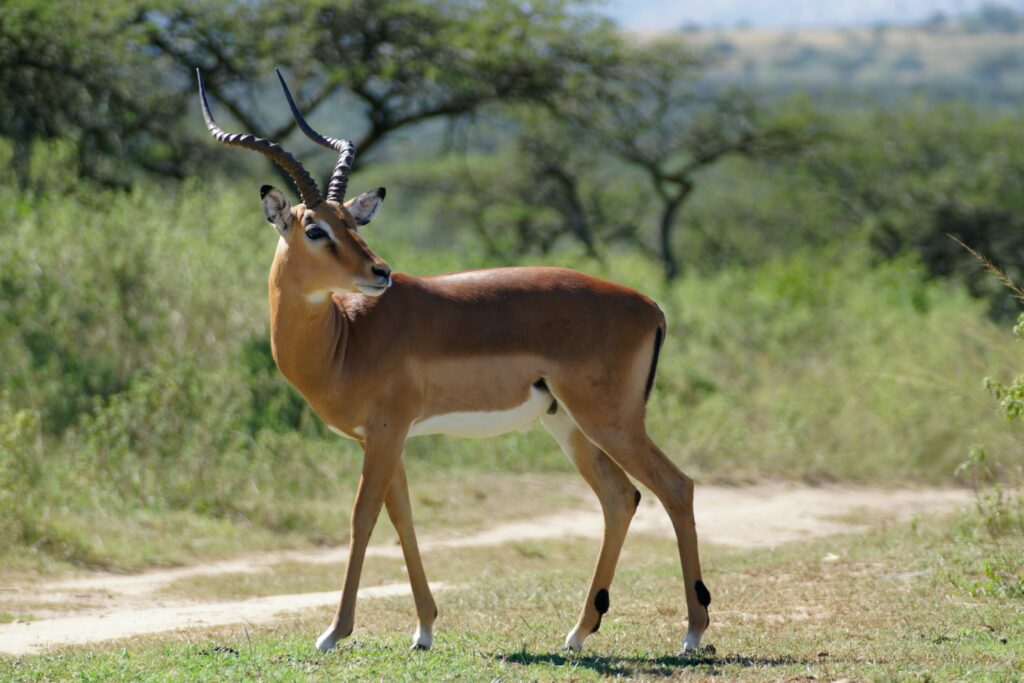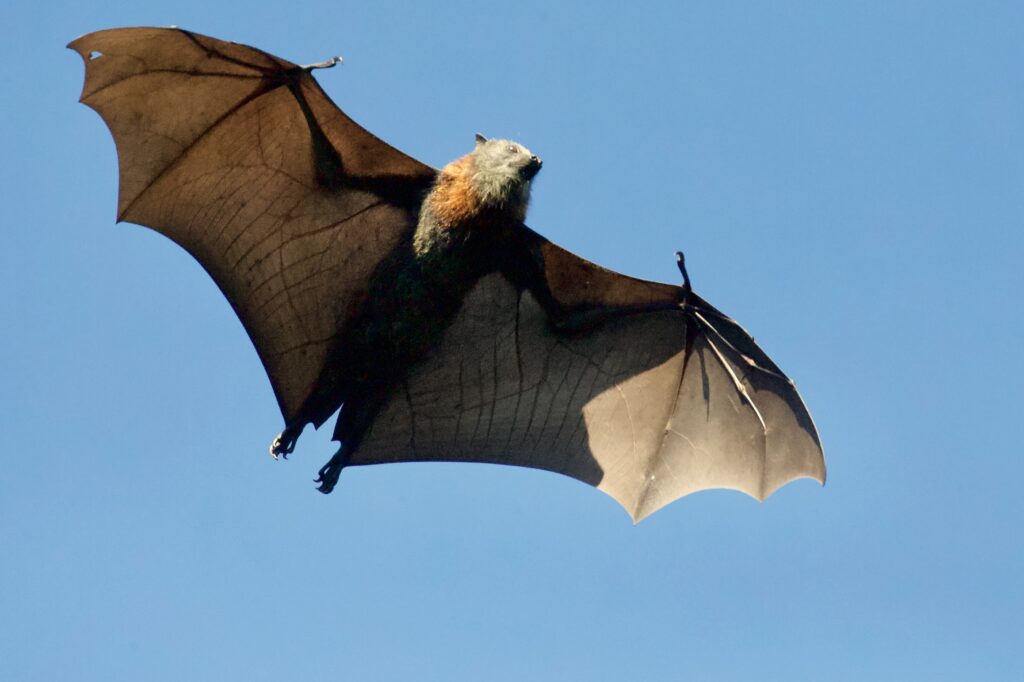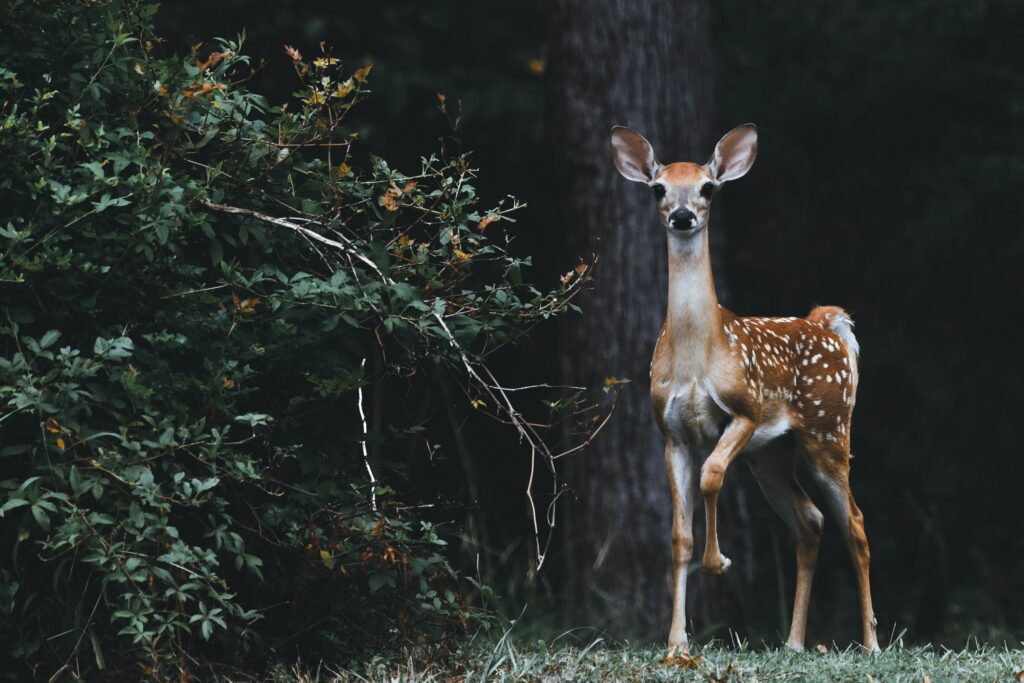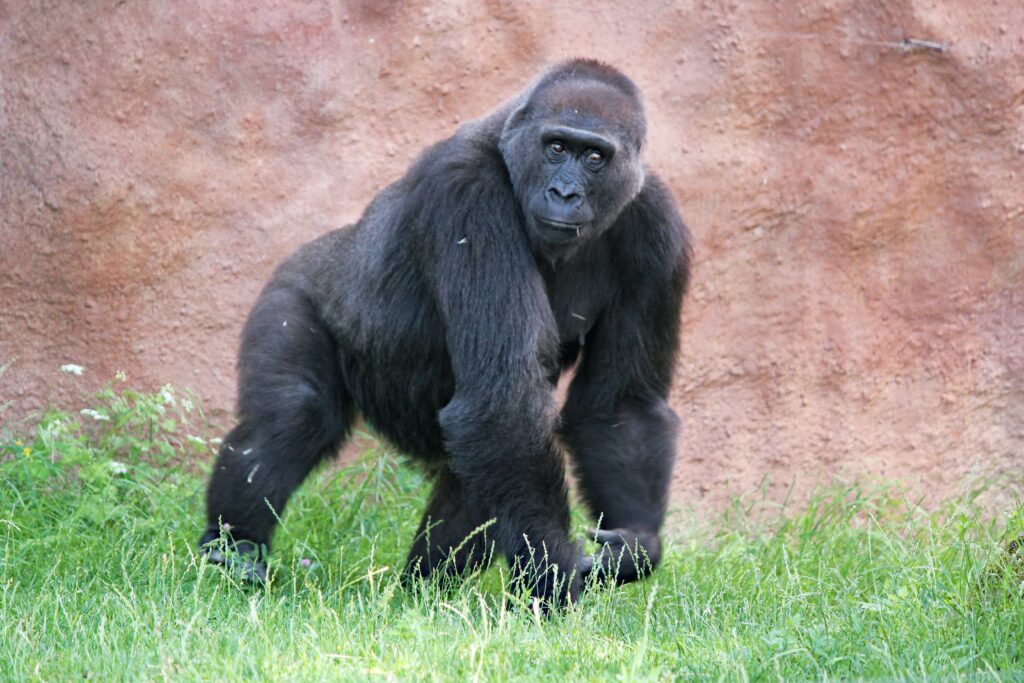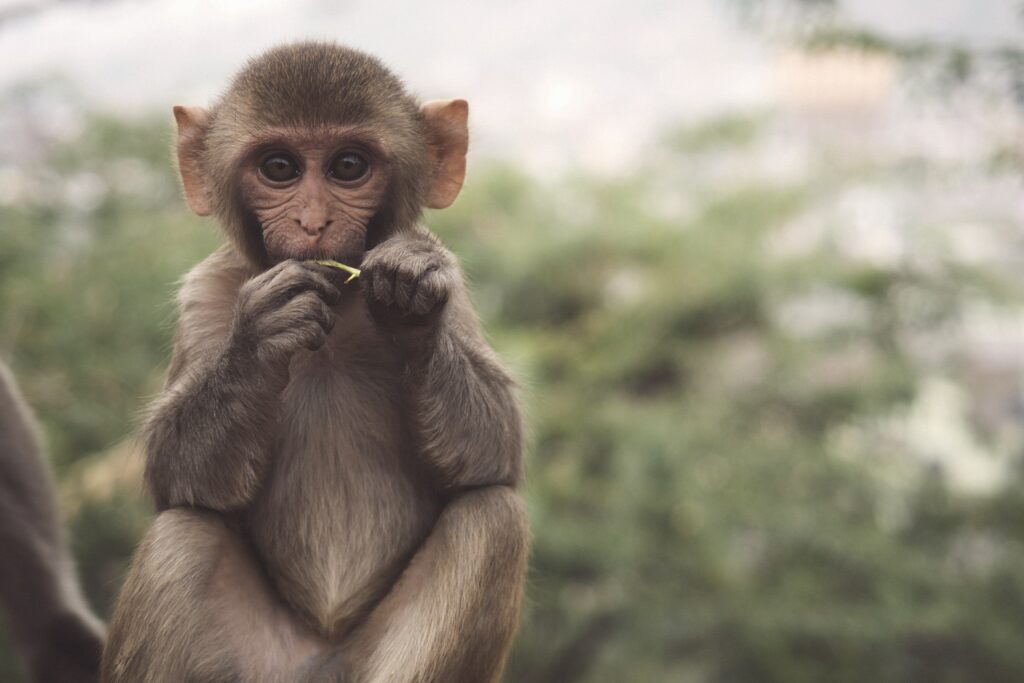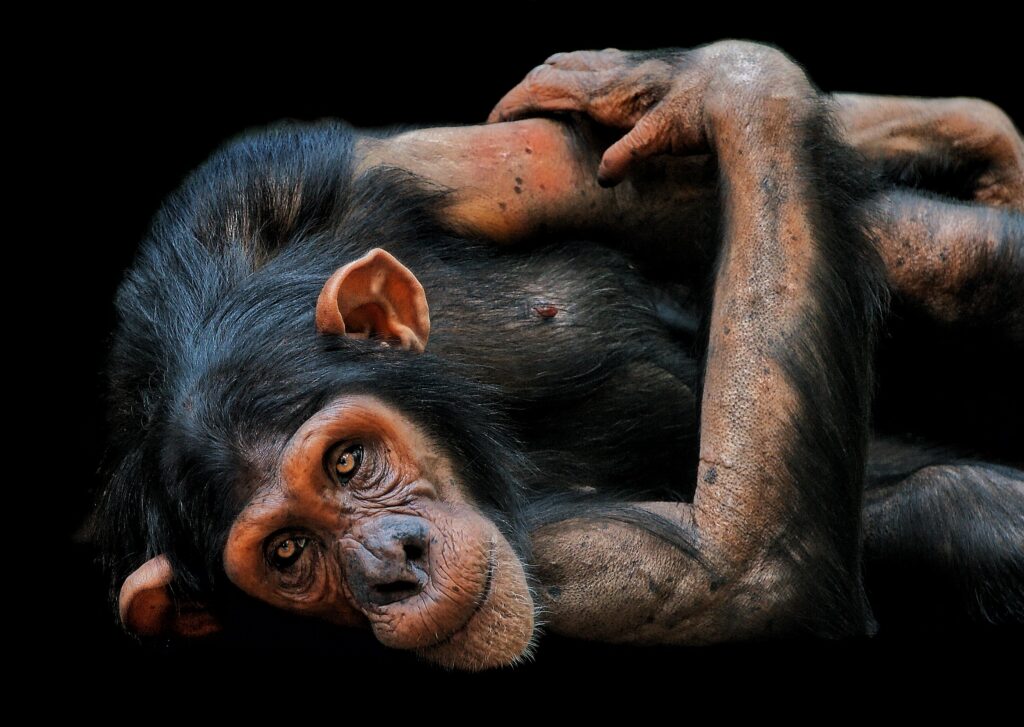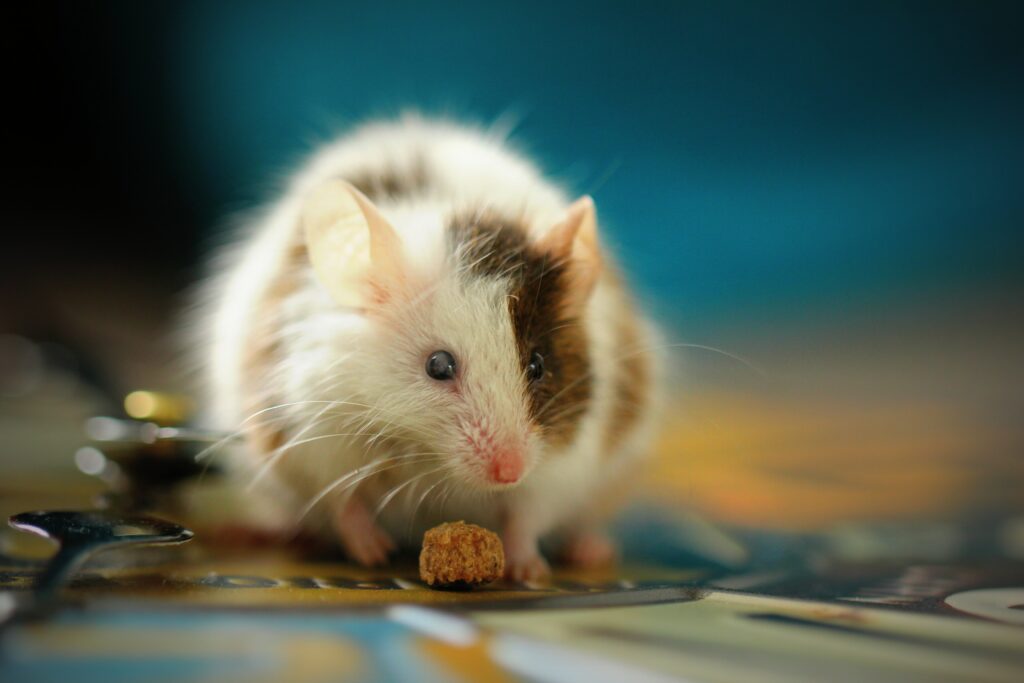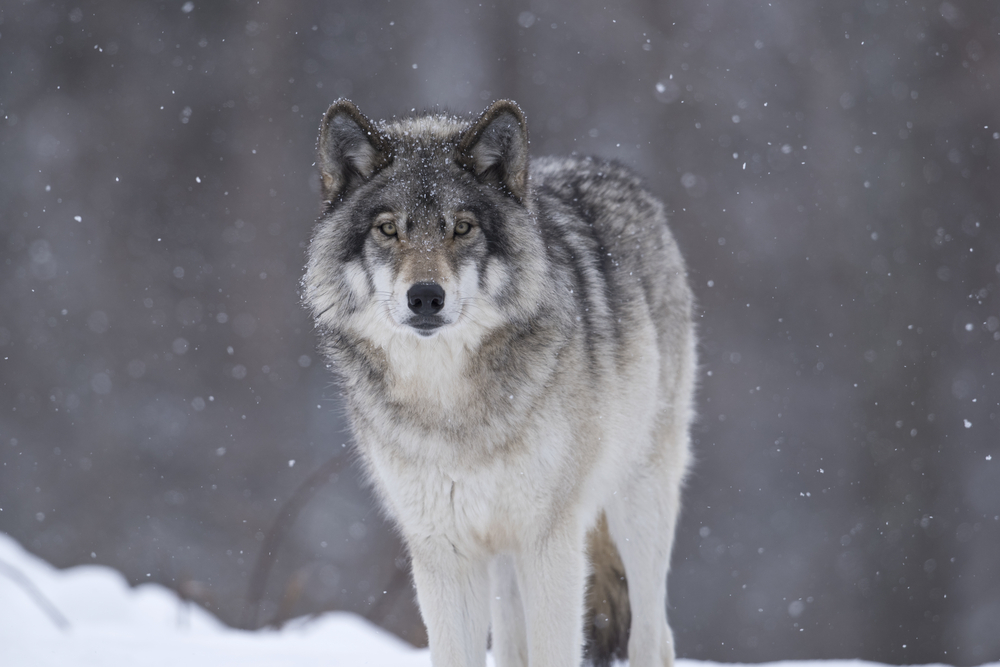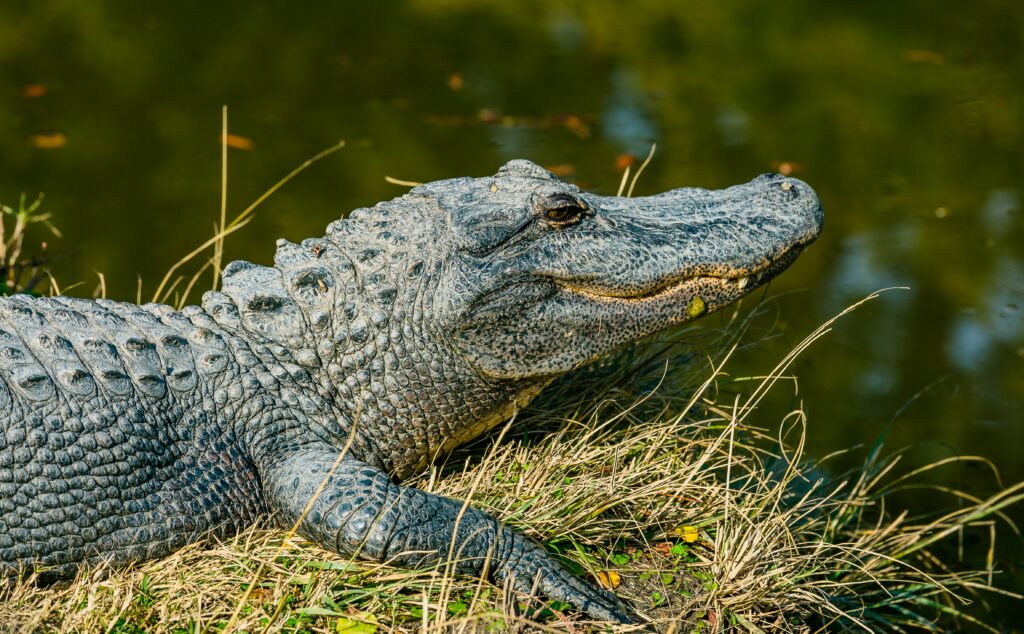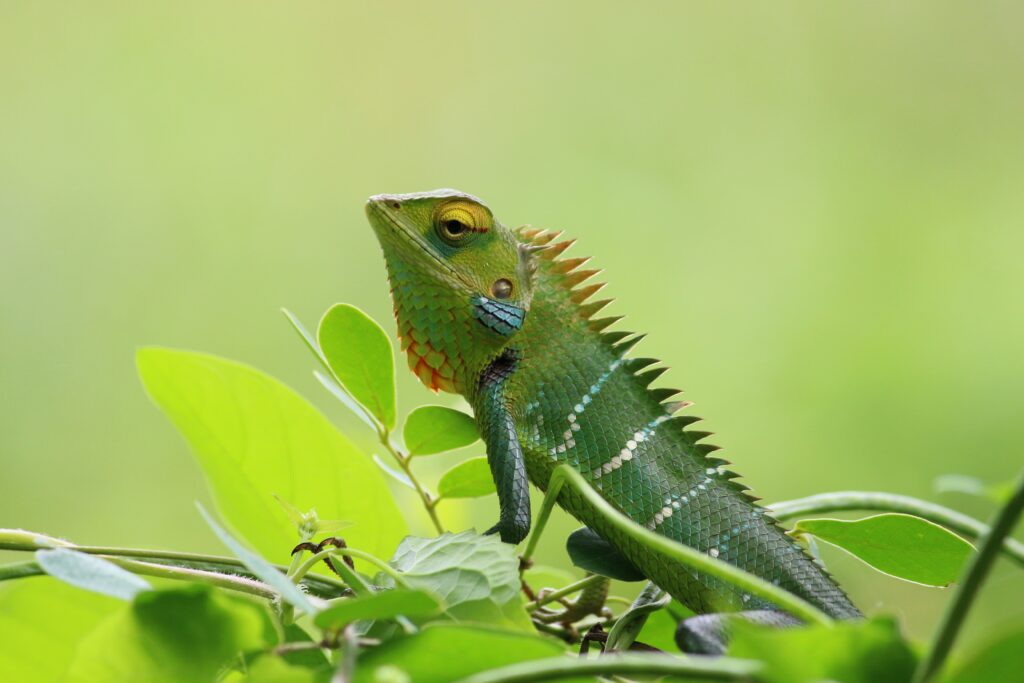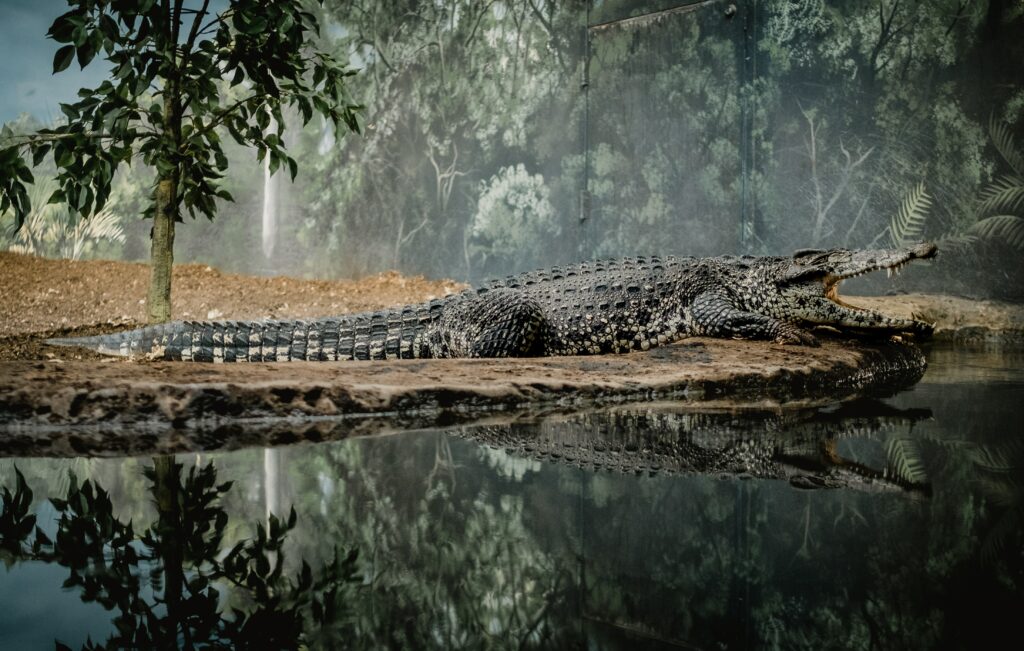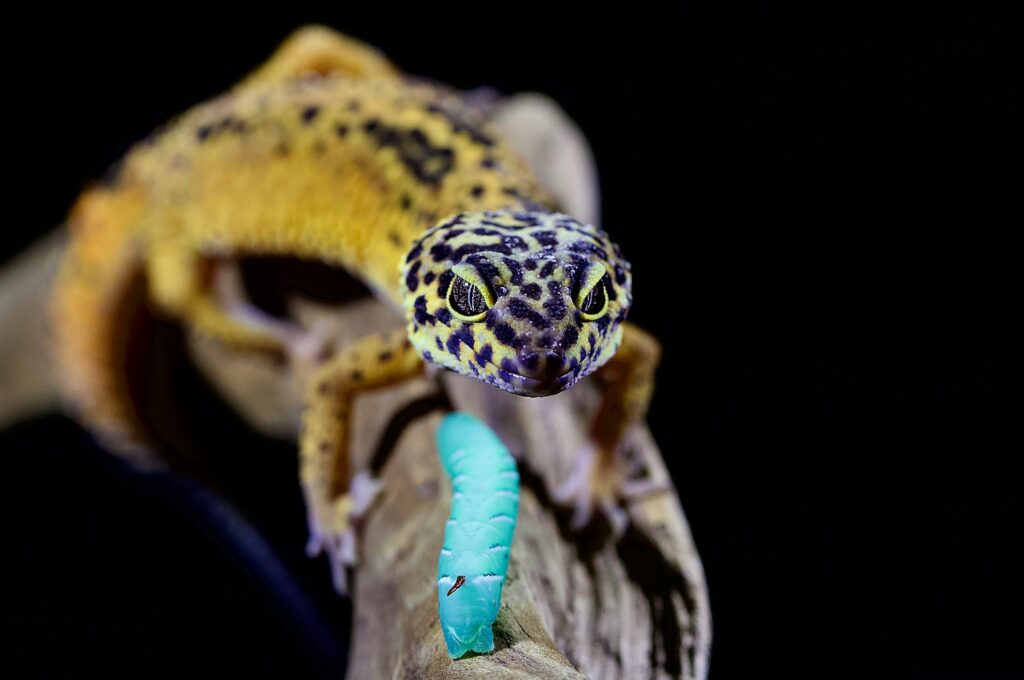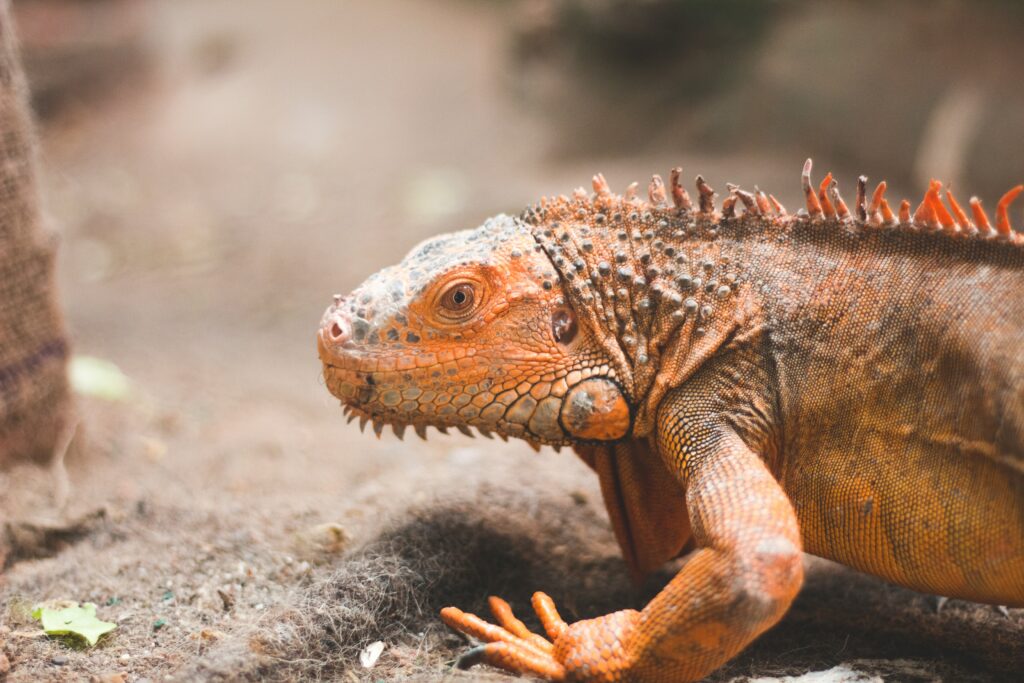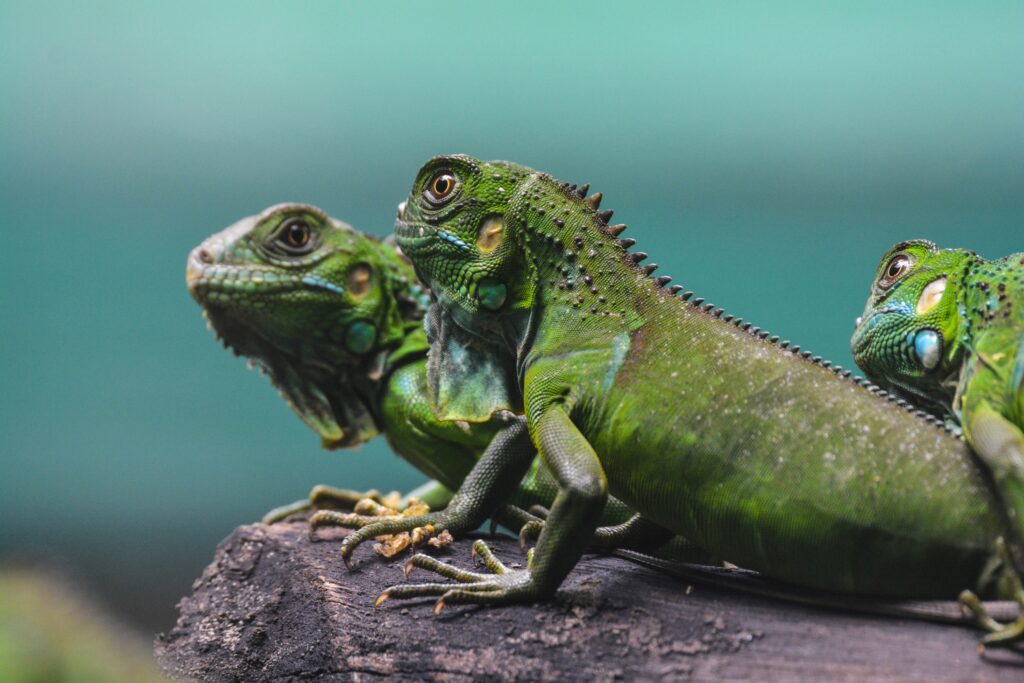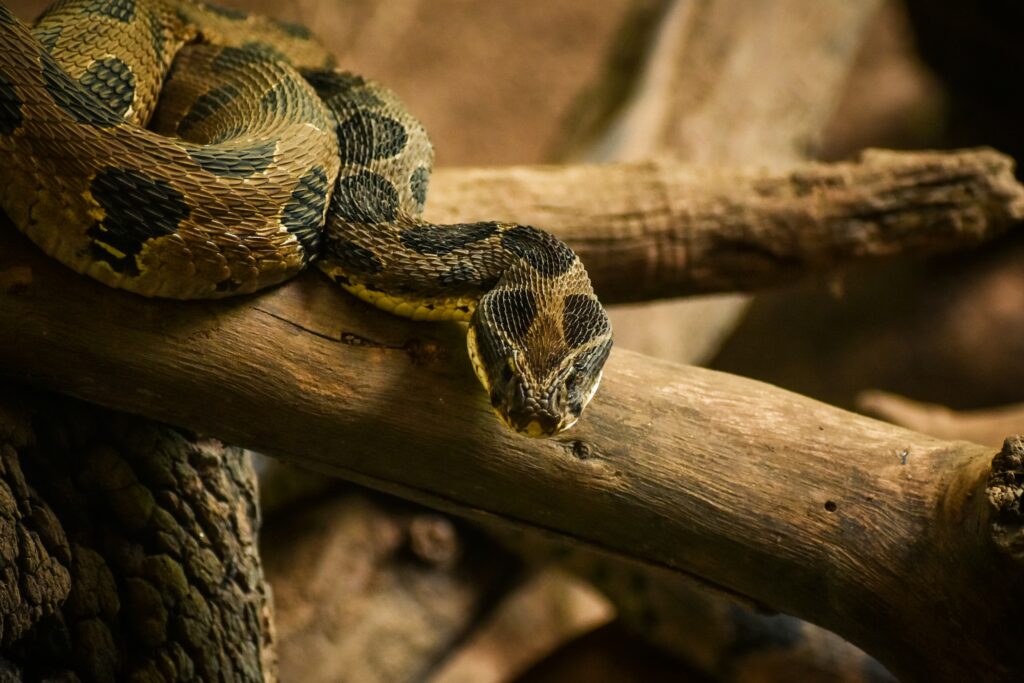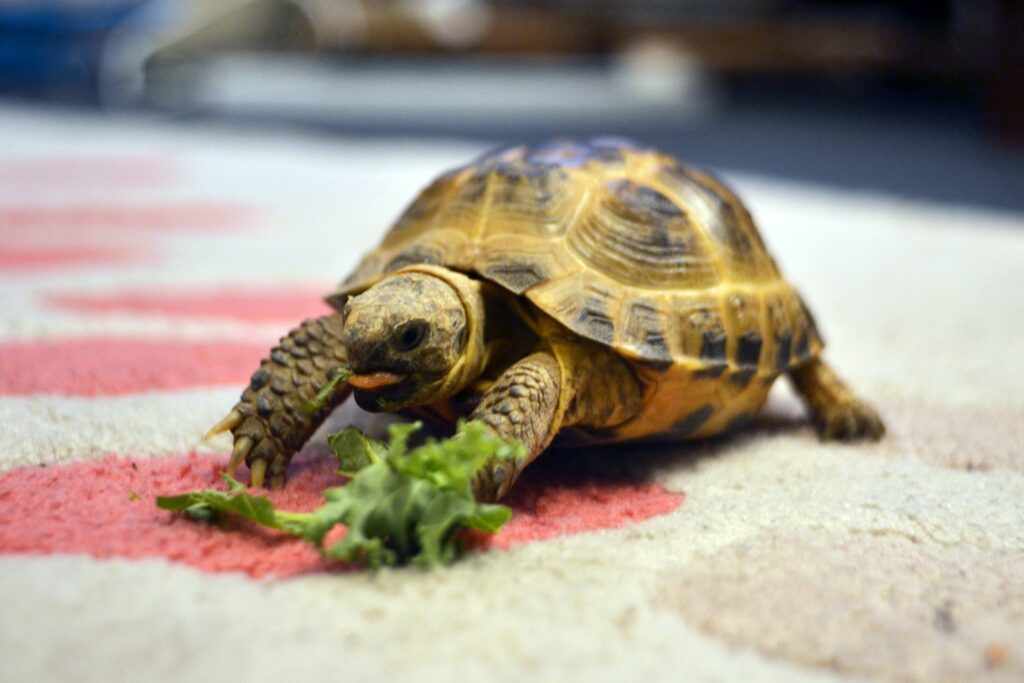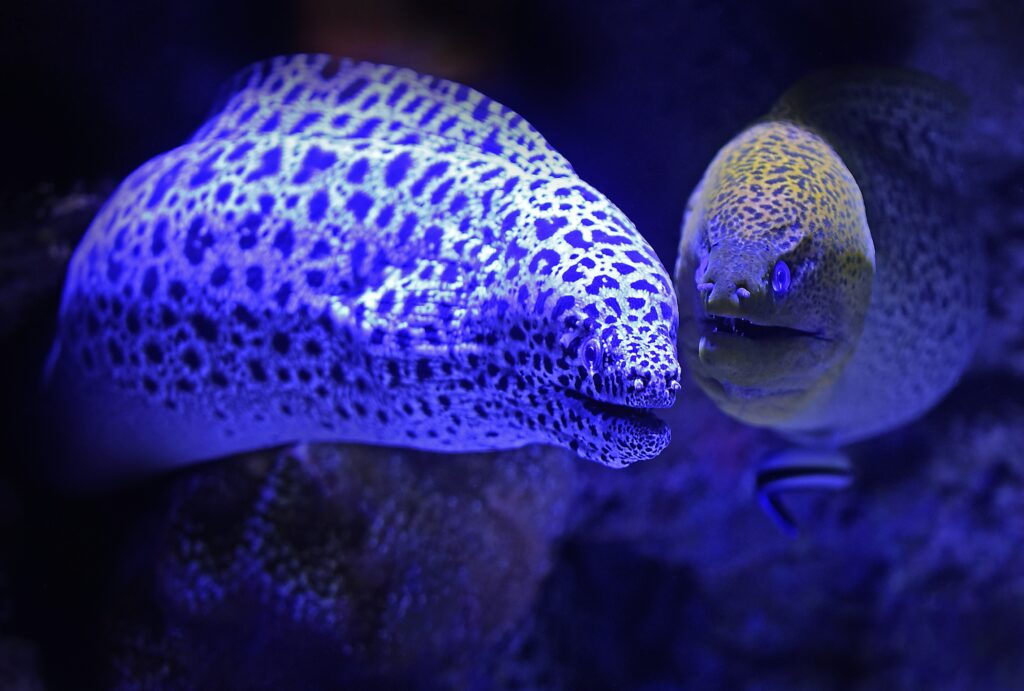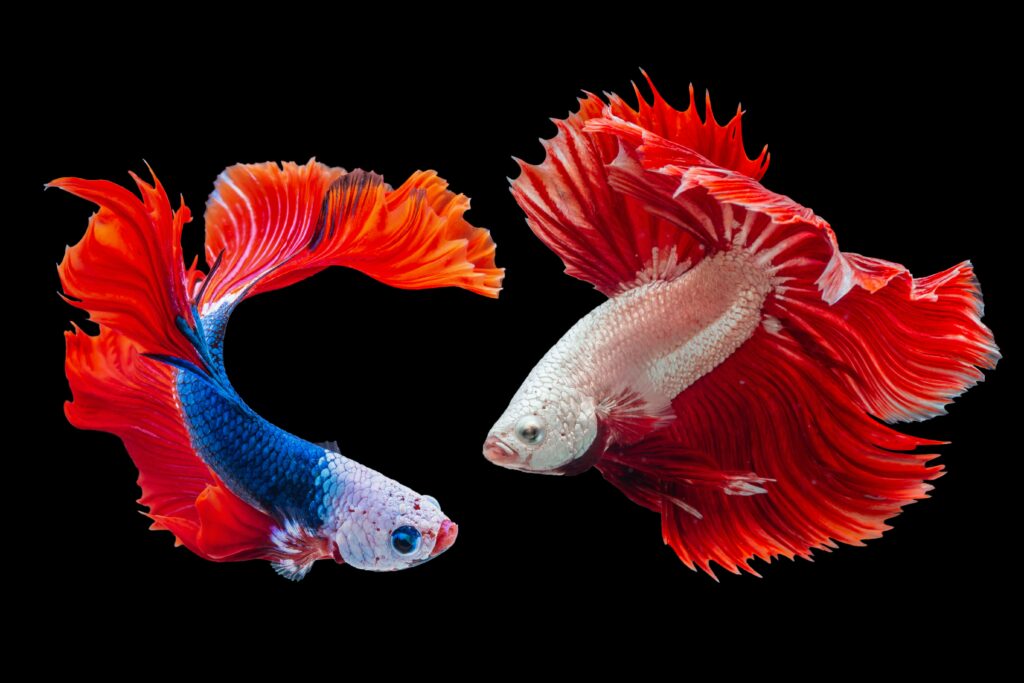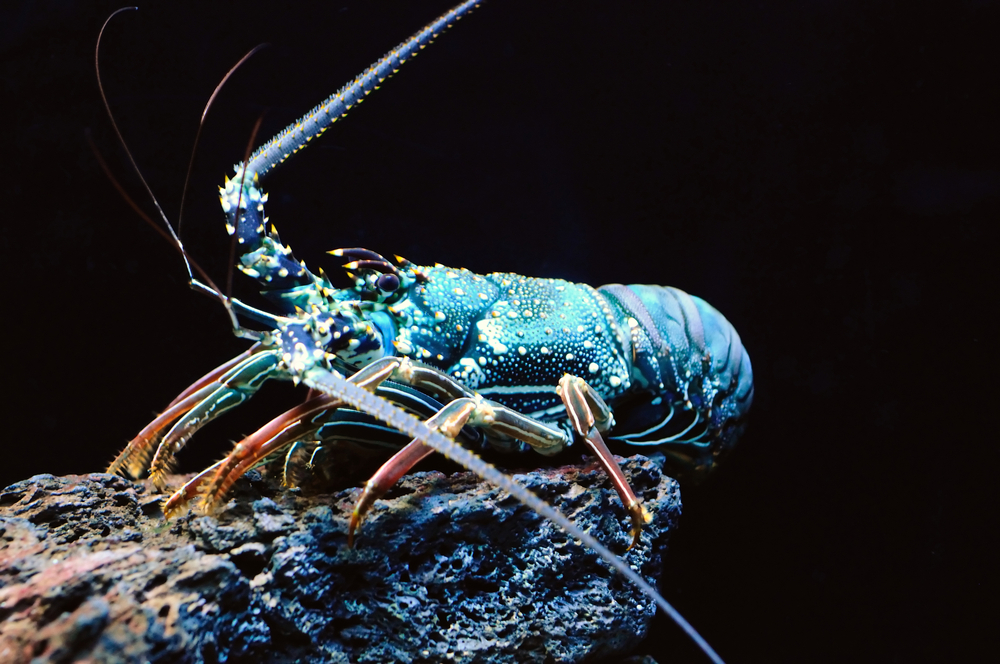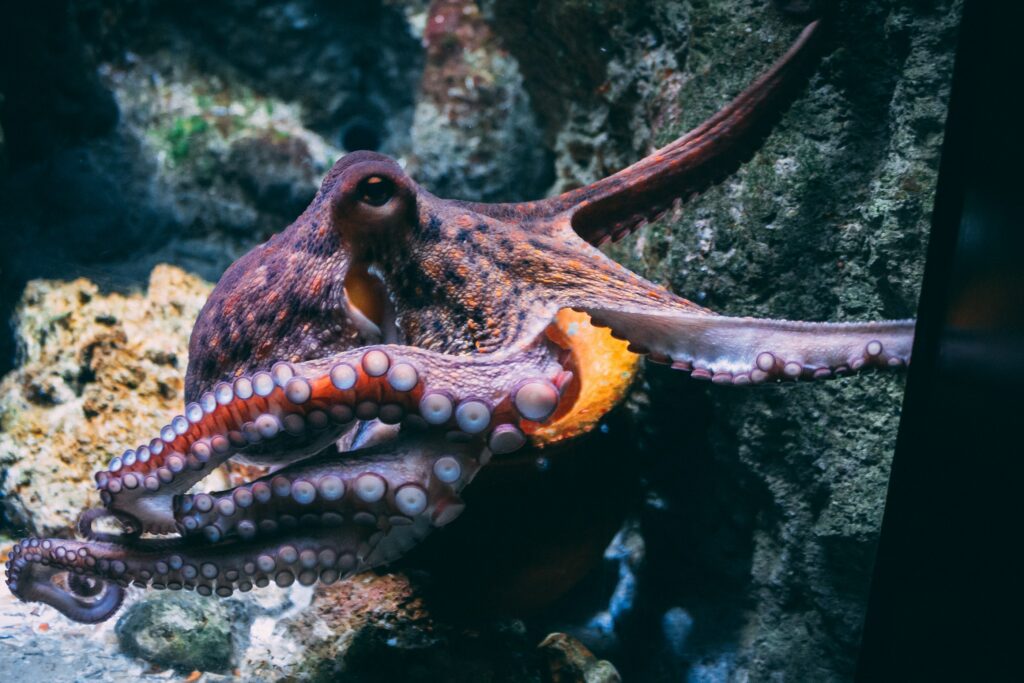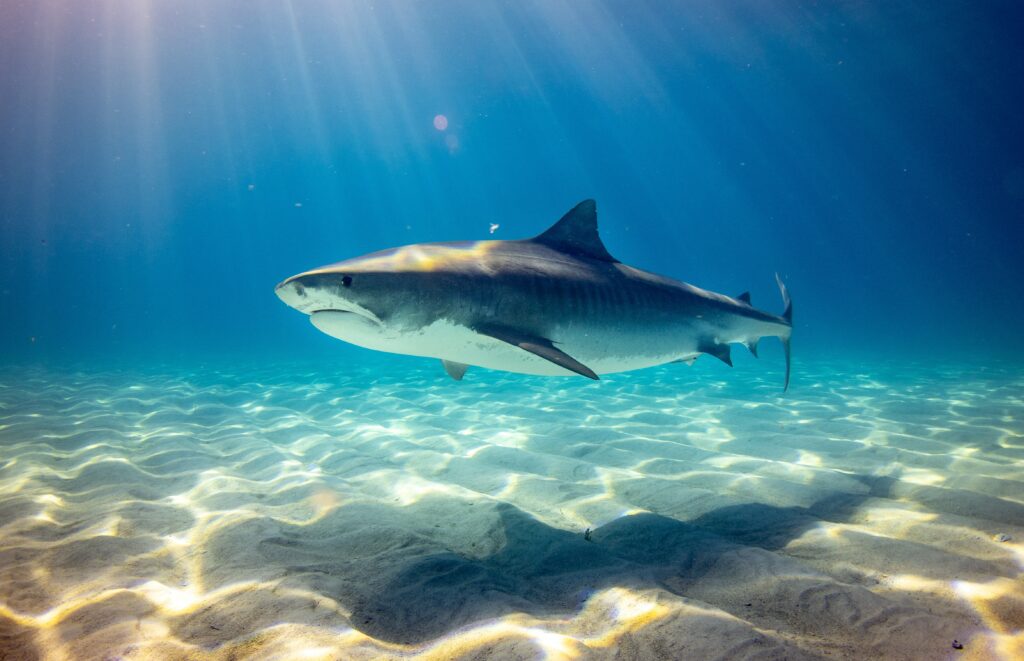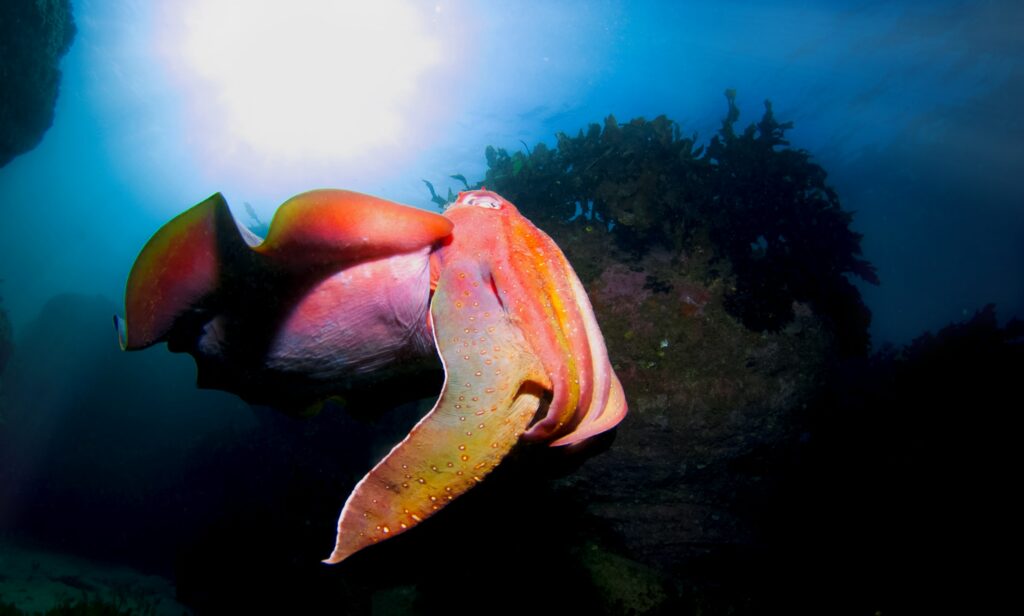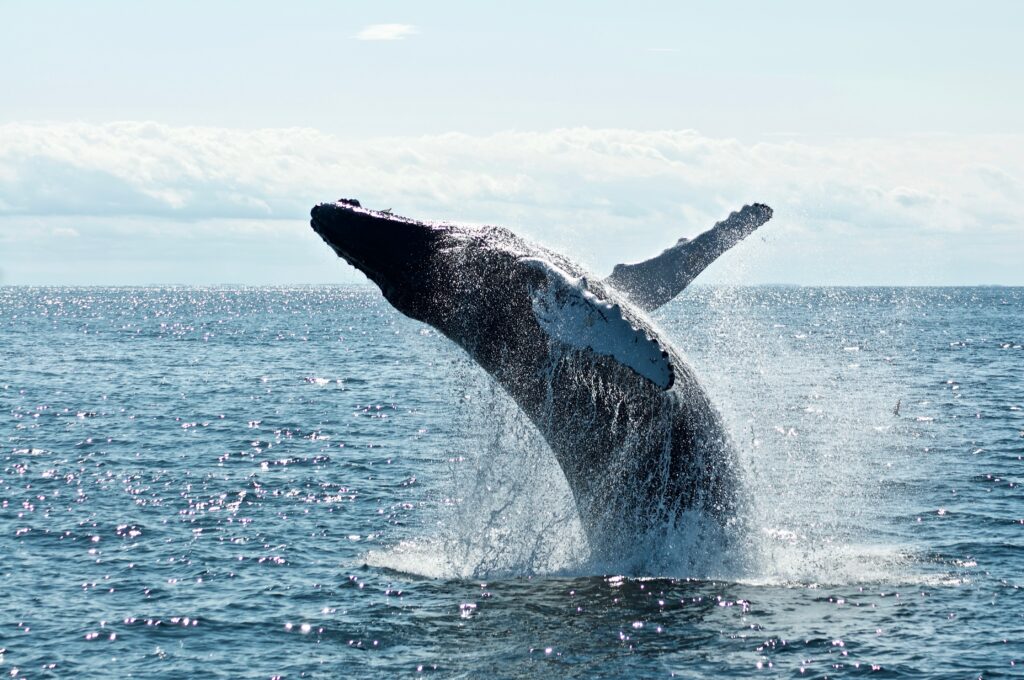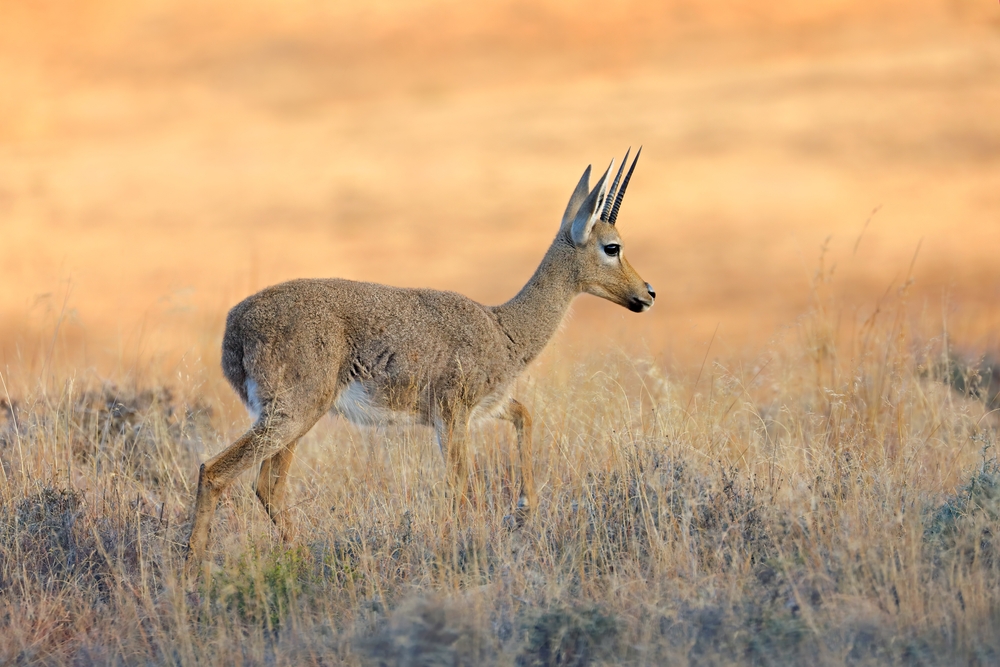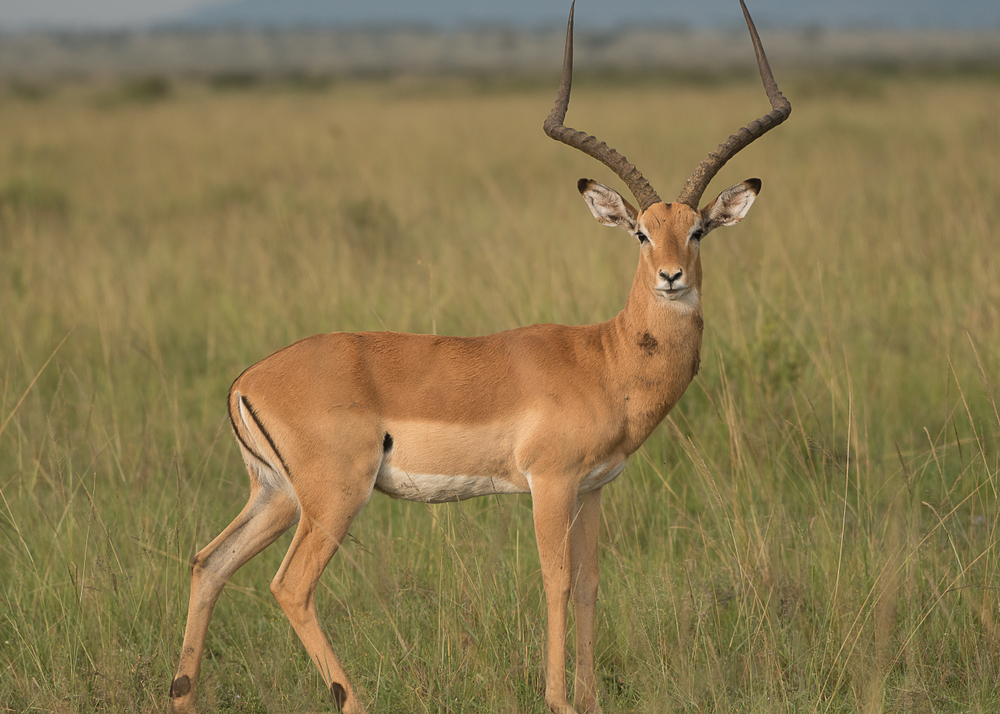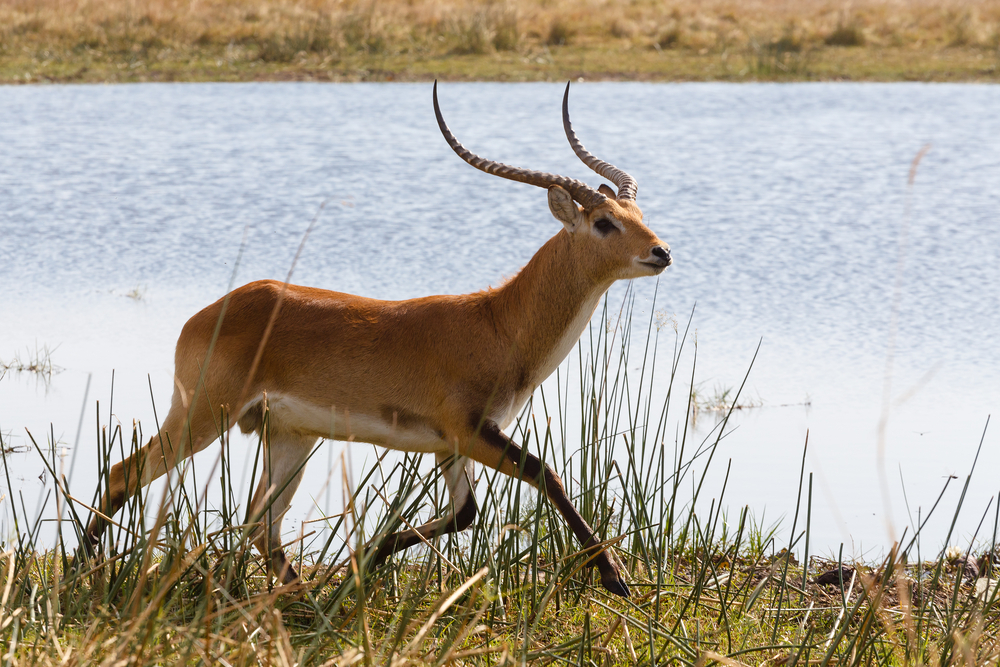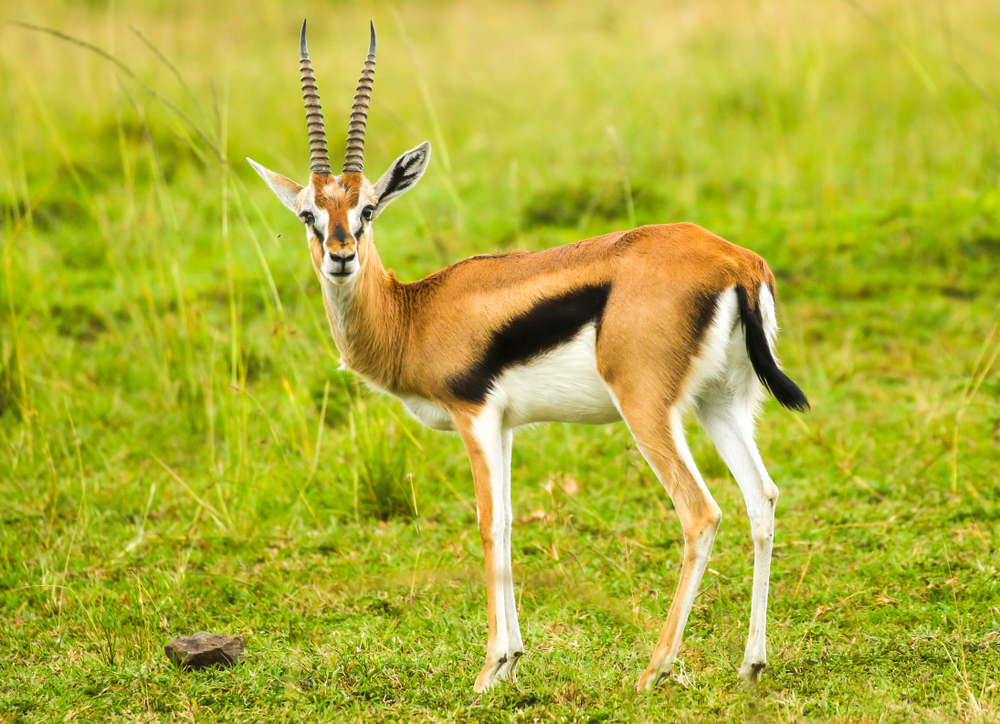Uniqueness
Endemic Highland Specialist:
The Grey Rhebok is endemic to southern Africa, primarily found in the high-altitude grasslands and mountainous regions of South Africa, Lesotho, and Eswatini. Its preference for cool, rugged terrain sets it apart from most other African antelope, which tend to favor savannas or lowland plains.
Woolly Coat Adaptation:
Unlike the sleek, short coats of many antelope, the Grey Rhebok has a thick, woolly, grey coat—an uncommon trait among African herbivores. This dense fur acts as thermal insulation, allowing the species to thrive in exposed, windy, and often frosty highland environments.
Territorial Males and High Vigilance:
Male Grey Rhebok are highly territorial year-round, not just during the breeding season. They defend these territories with persistent displays and vocalizations. Groups are small, often a single male with several females and young, and display high levels of vigilance in open terrain.
Graceful Bounder:
Renowned for their agility, Grey Rhebok move with a distinctive bounding gait, especially when fleeing danger. This springing motion, combined with their uphill speed and unpredictable direction changes, makes them difficult targets for predators.
Concealment-Based Offspring Strategy:
Instead of group defense, Grey Rhebok mothers rely on concealment strategies for their fawns. Newborns remain hidden in vegetation while the mother grazes nearby—an adaptation to their exposed, open habitat where hiding is safer than fleeing.
Low Water Dependence:
They are remarkably adapted to dry environments, relying almost entirely on the moisture content of their food. This trait allows them to persist in regions where surface water is seasonal or absent.
Little-Known and Understudied:
Despite being relatively common in parts of its range, the Grey Rhebok is less studied than other African antelope, and its cryptic behavior and preference for inaccessible habitats contribute to its elusive reputation. Its IUCN status is Near Threatened, largely due to habitat fragmentation and human expansion.
The Grey Rhebok stands out among African antelope for its cold-weather adaptations, highland ecology, and subtle yet elegant demeanor. These features make it both unique and vulnerable, deserving of greater conservation attention and appreciation.

